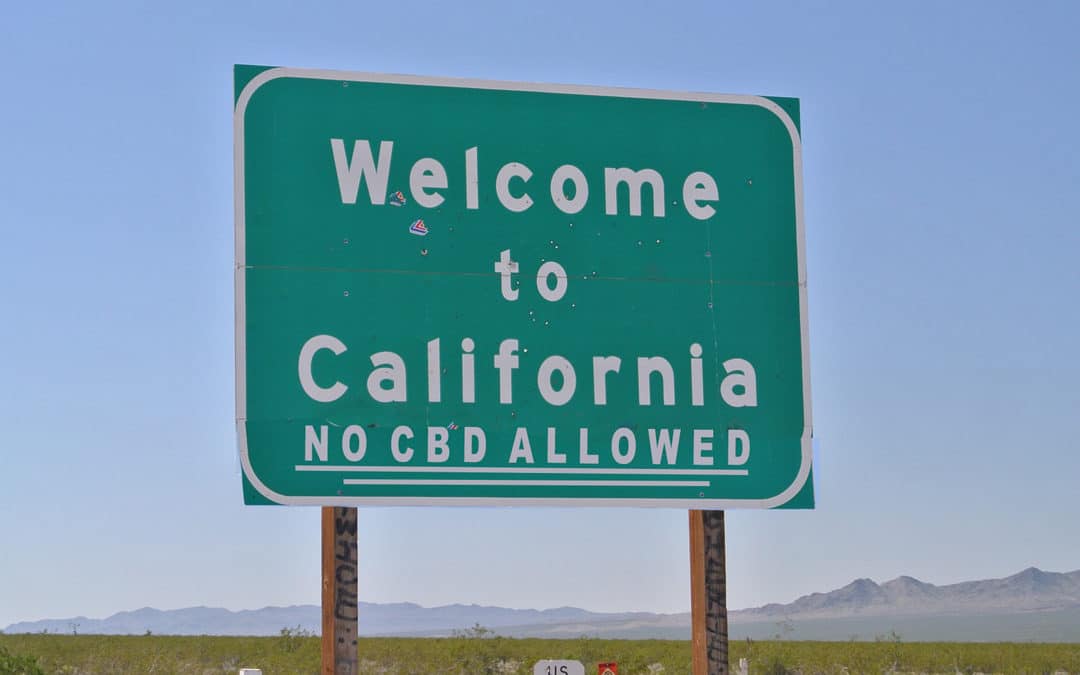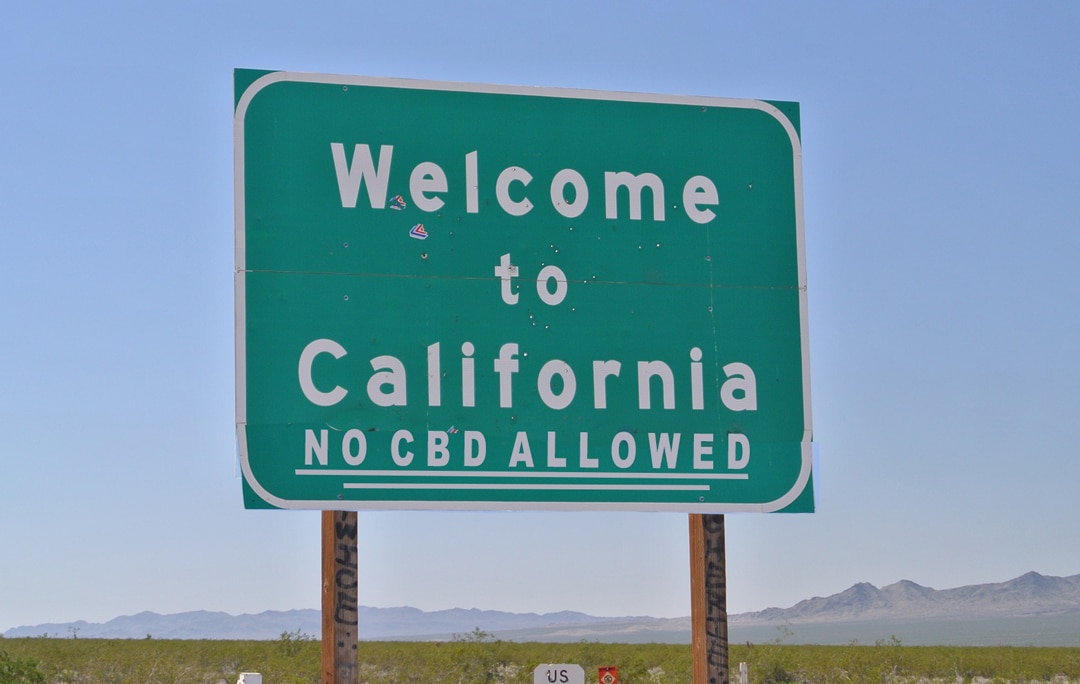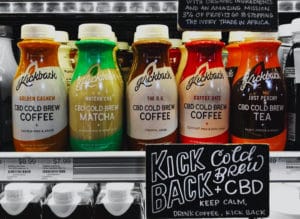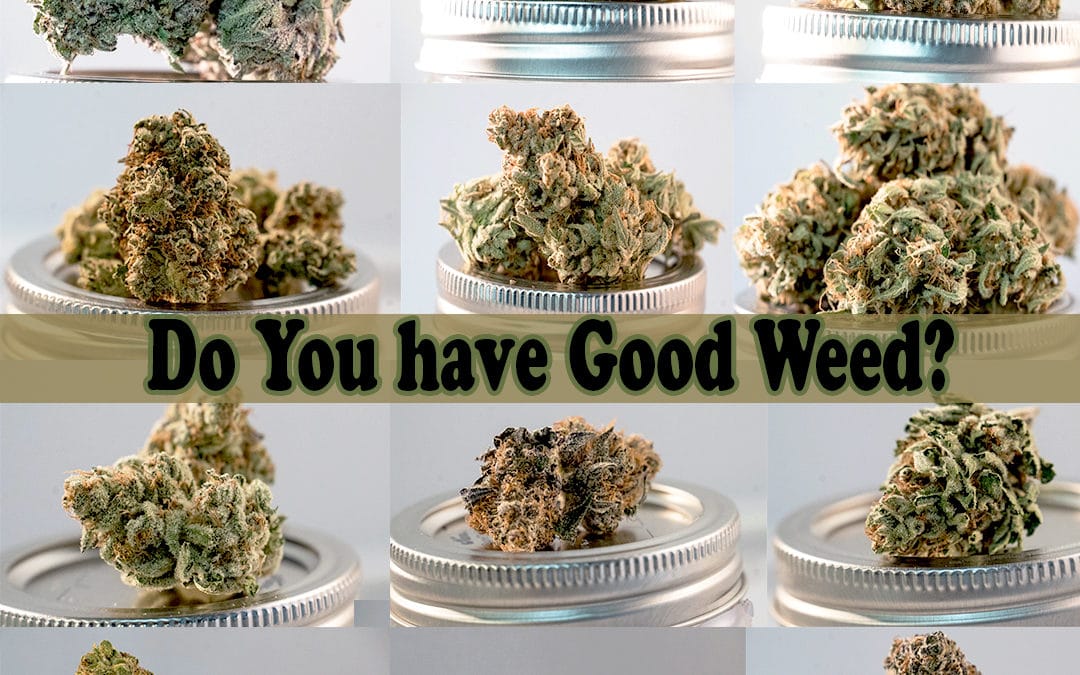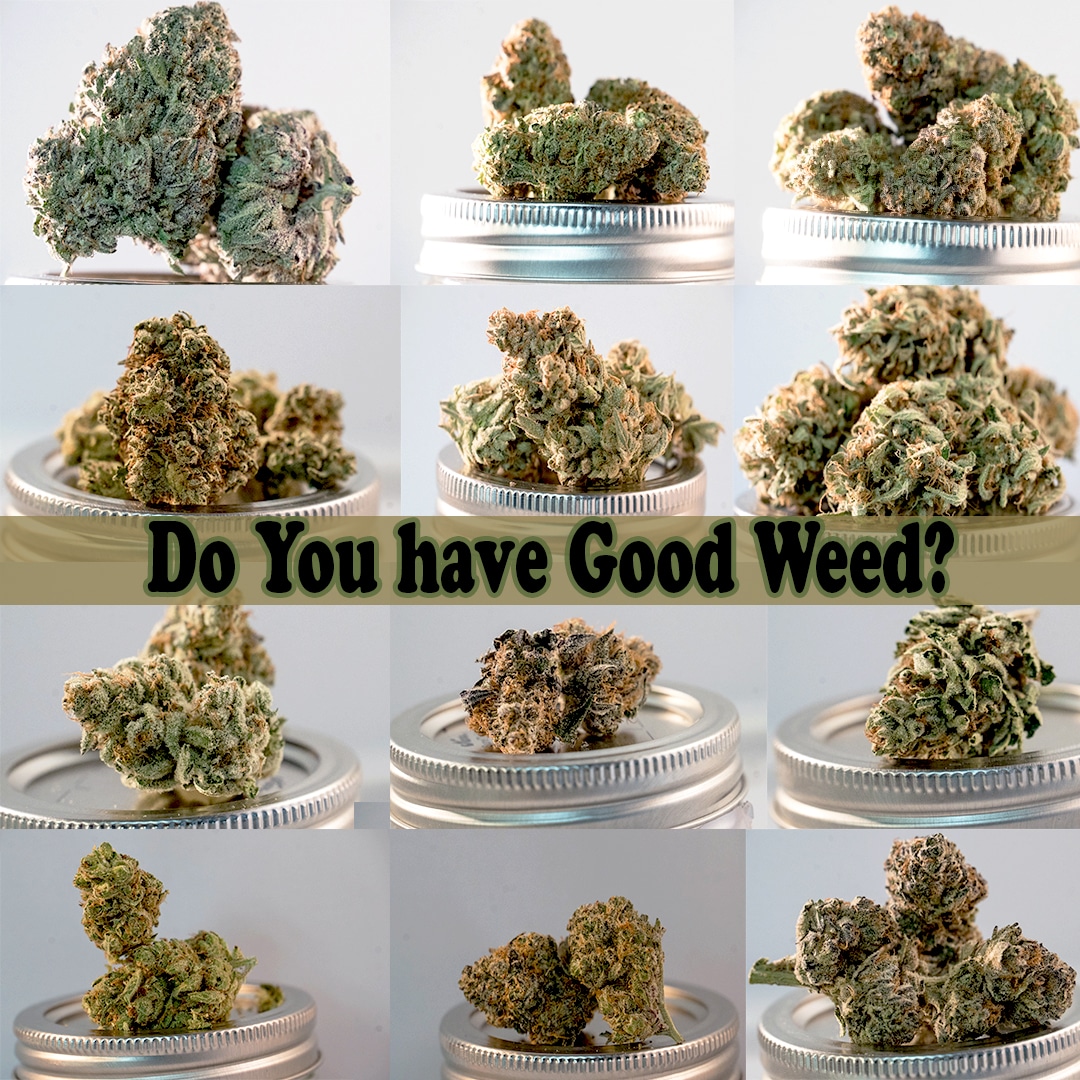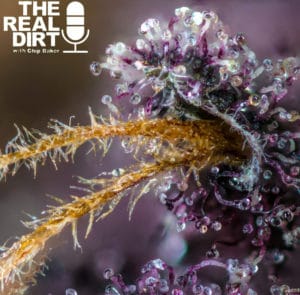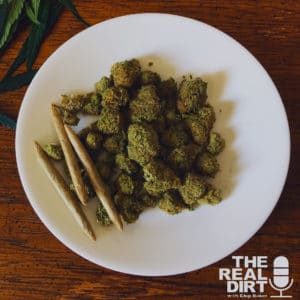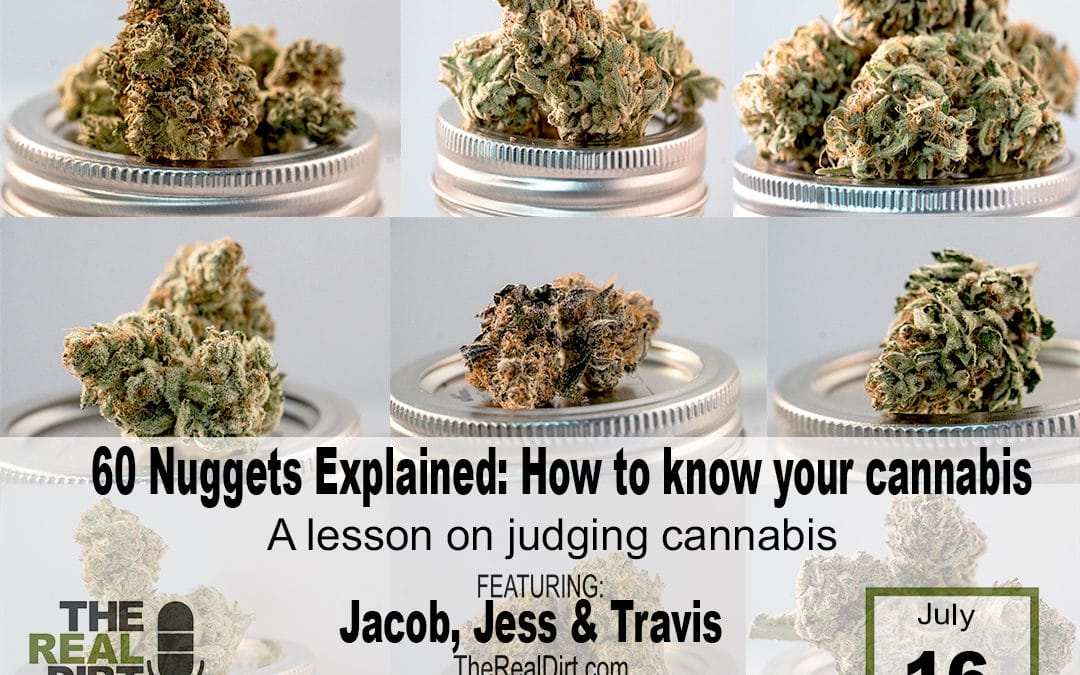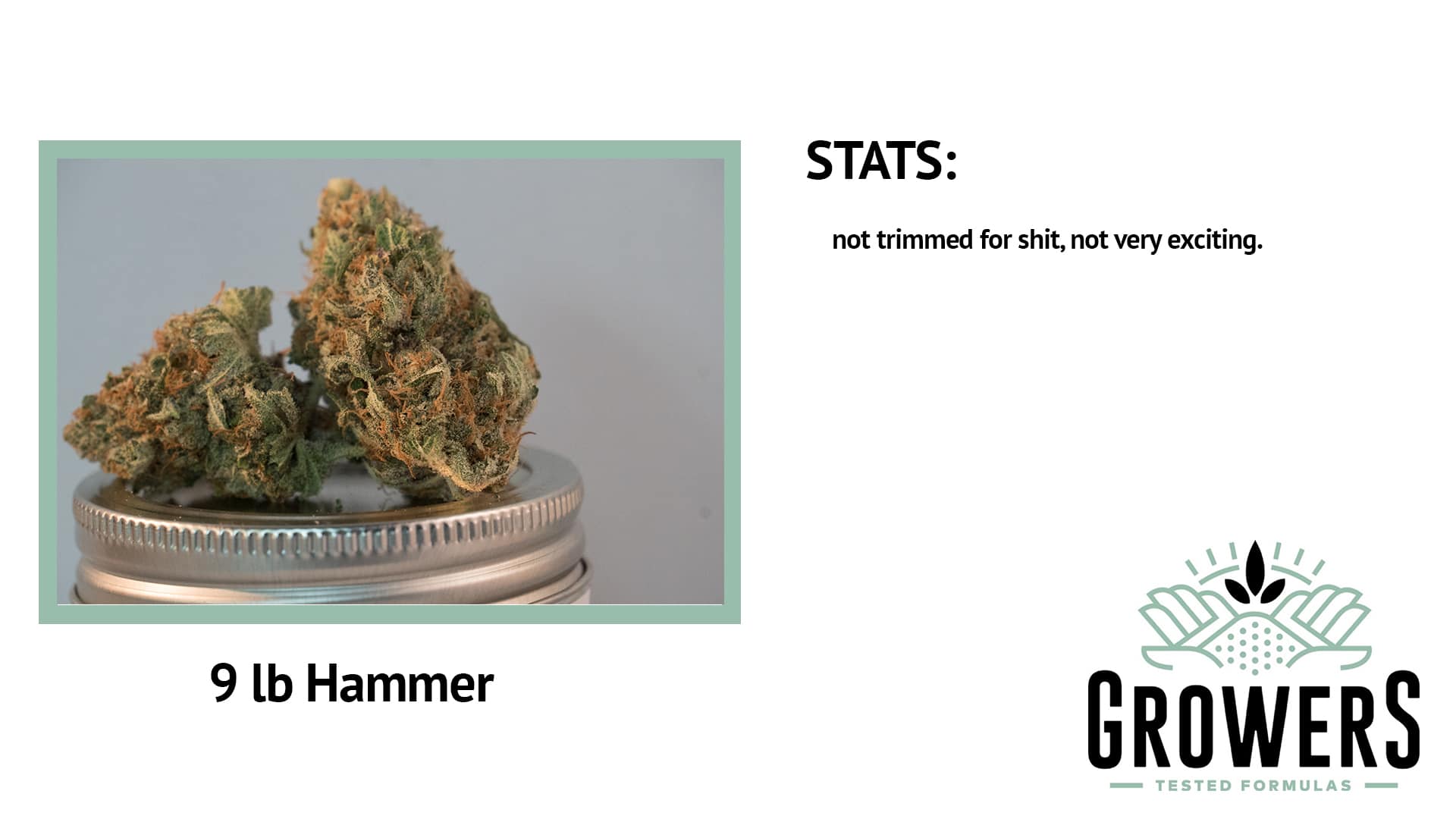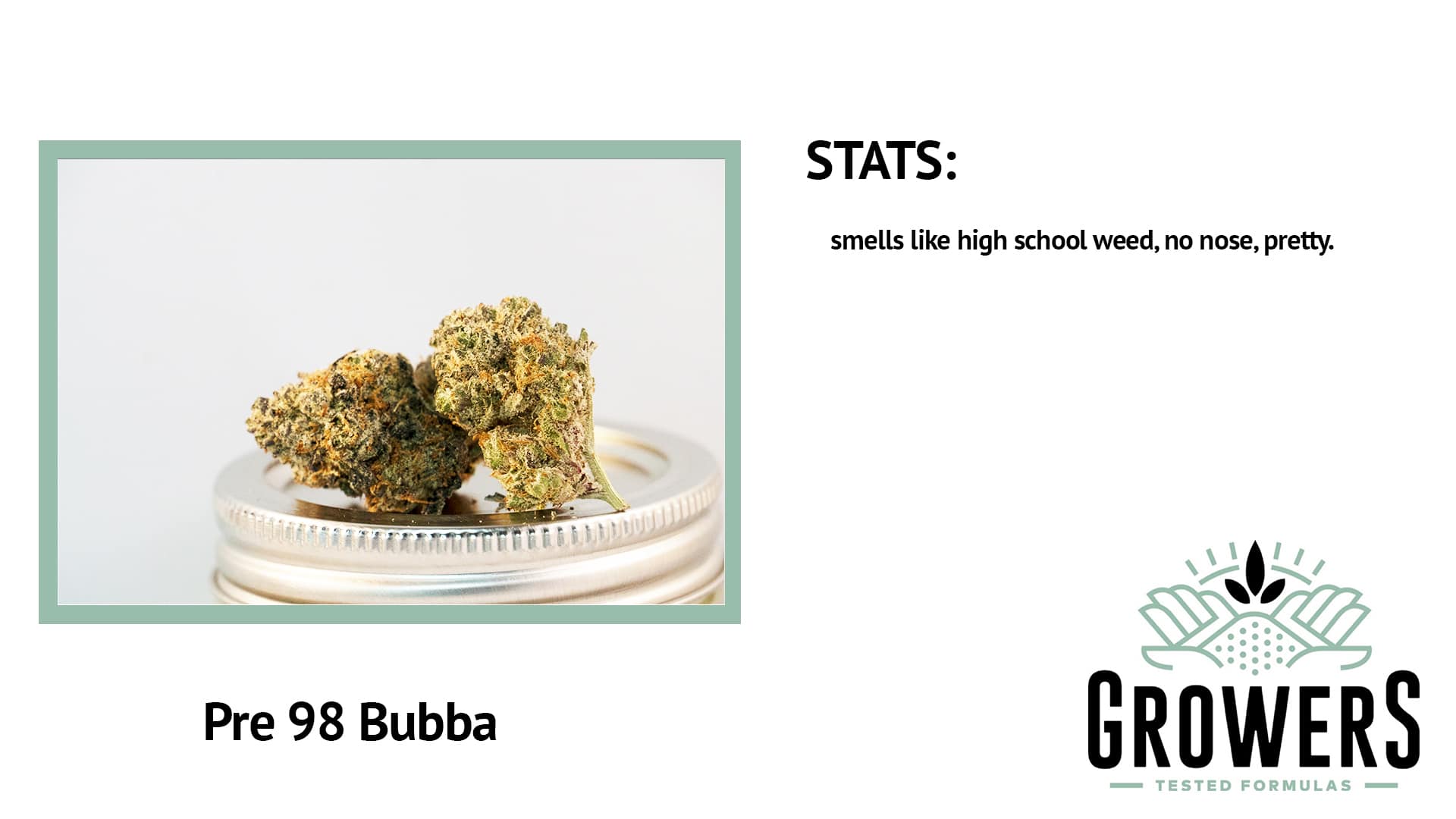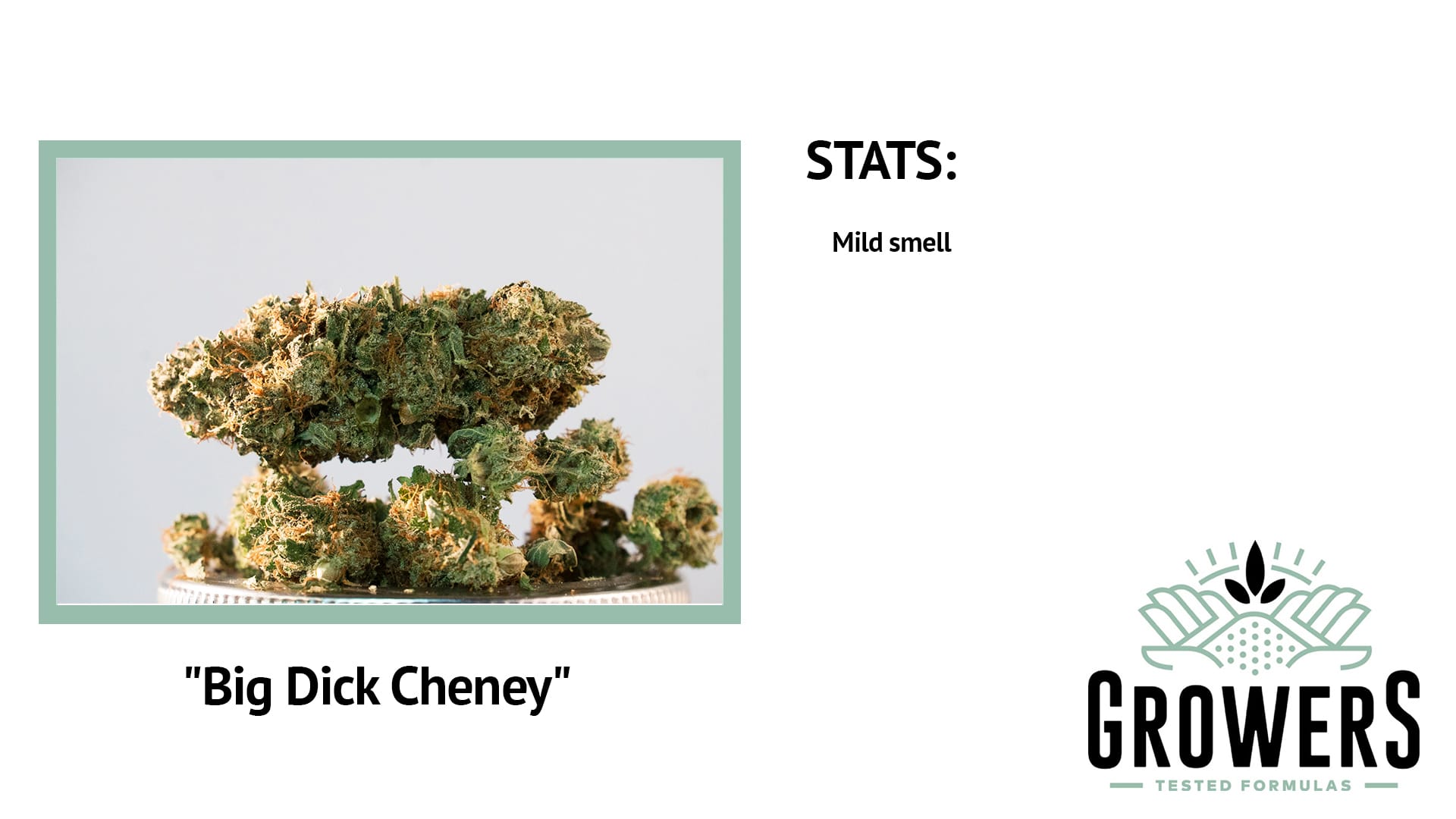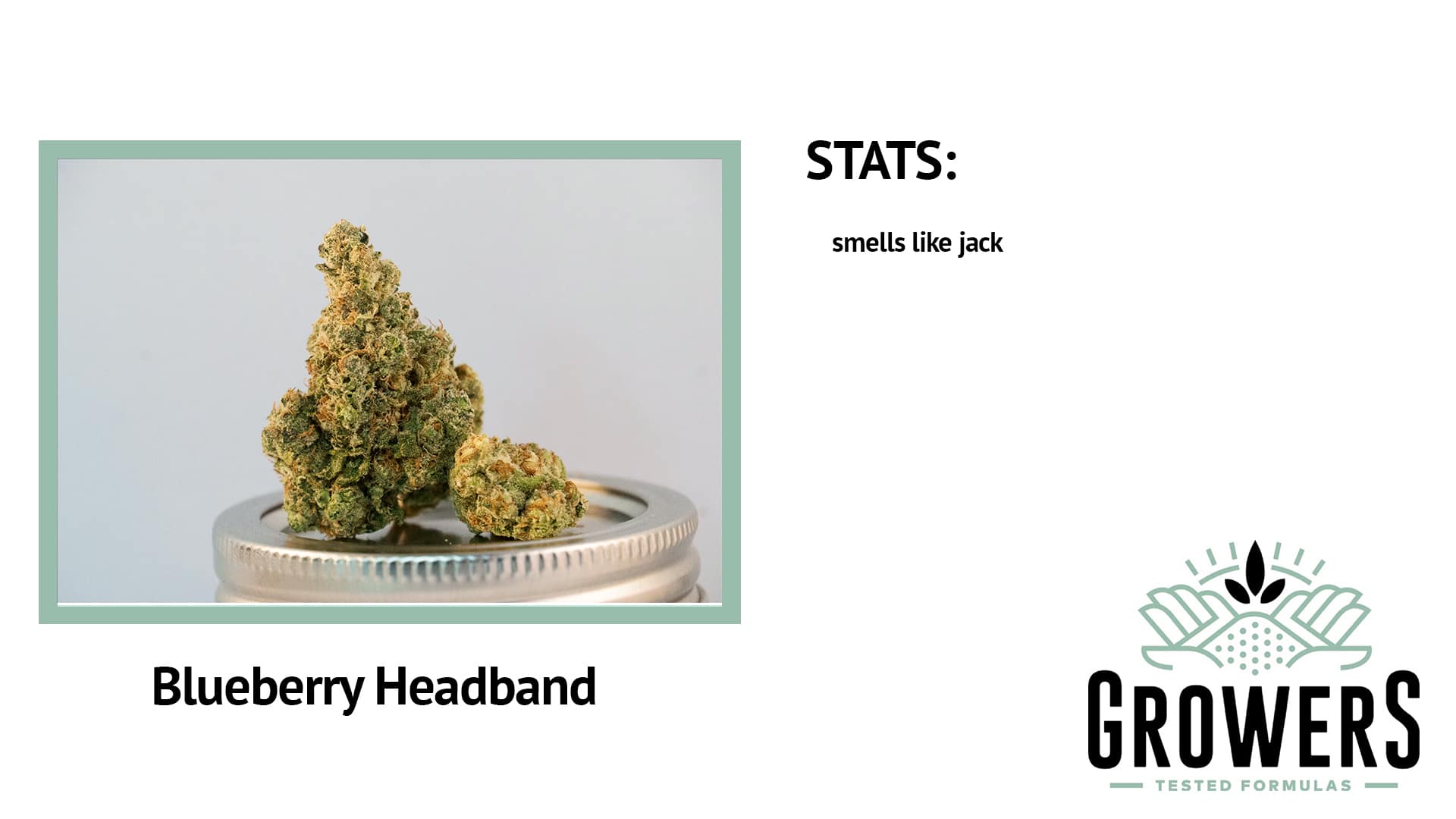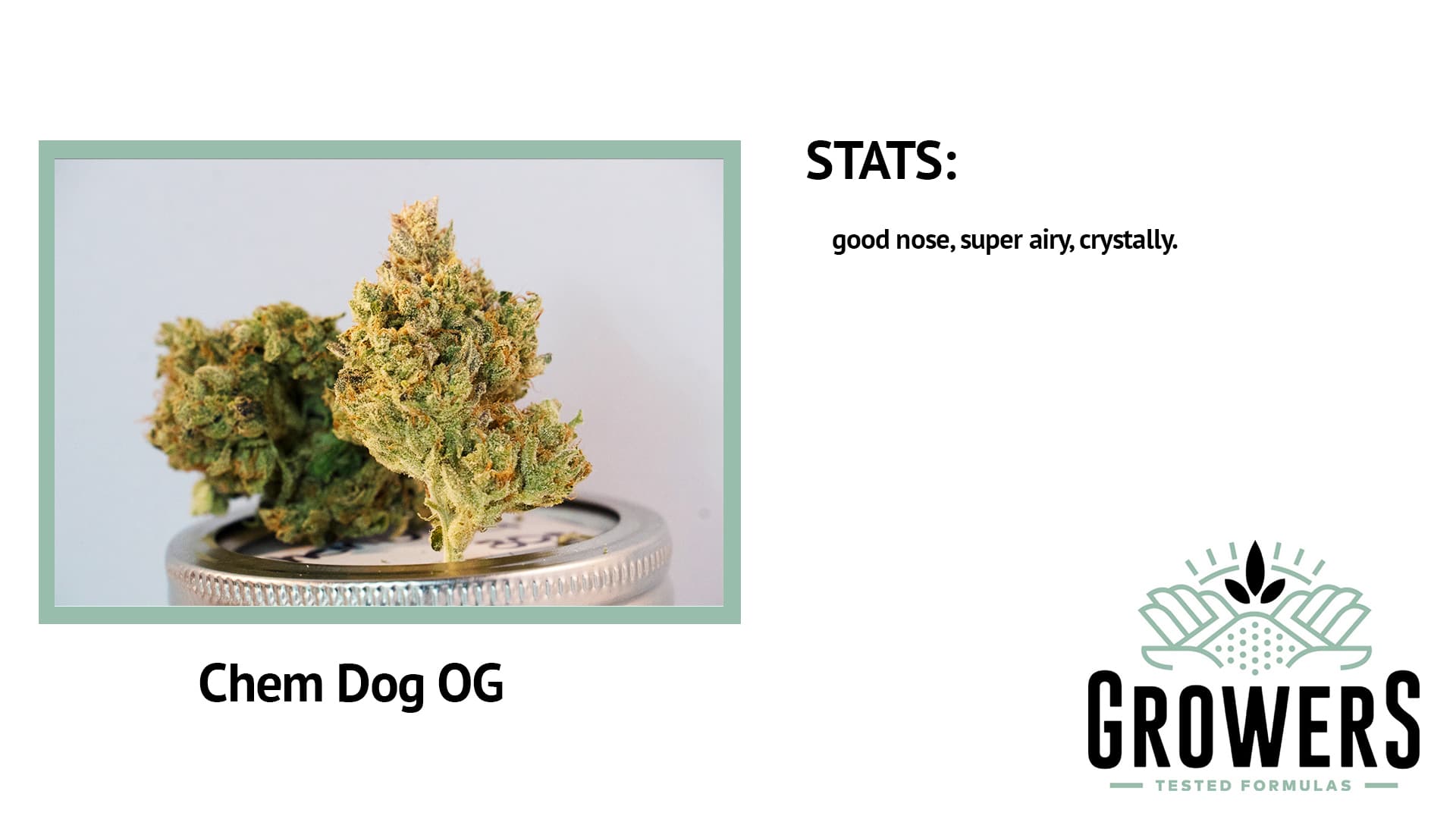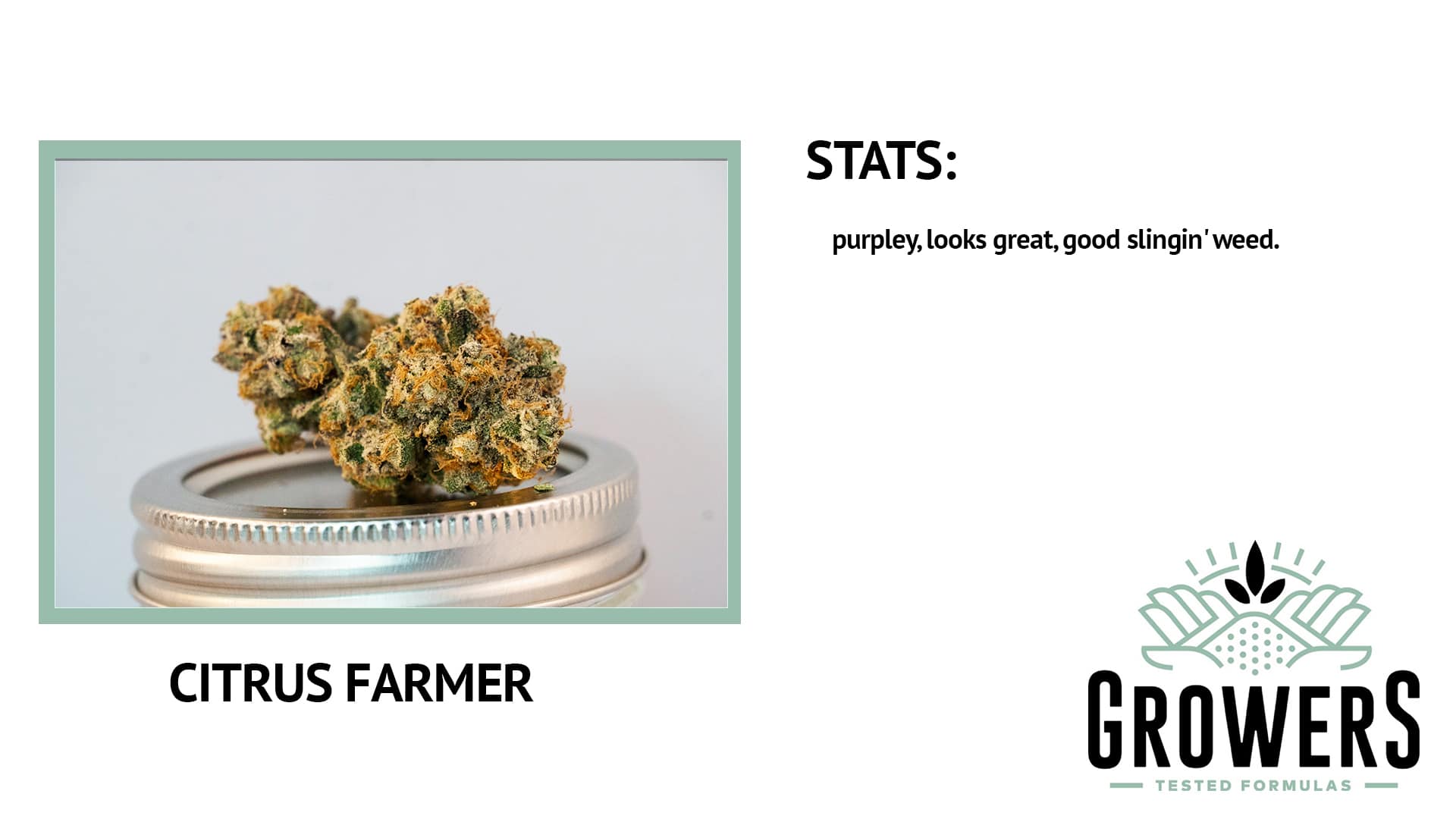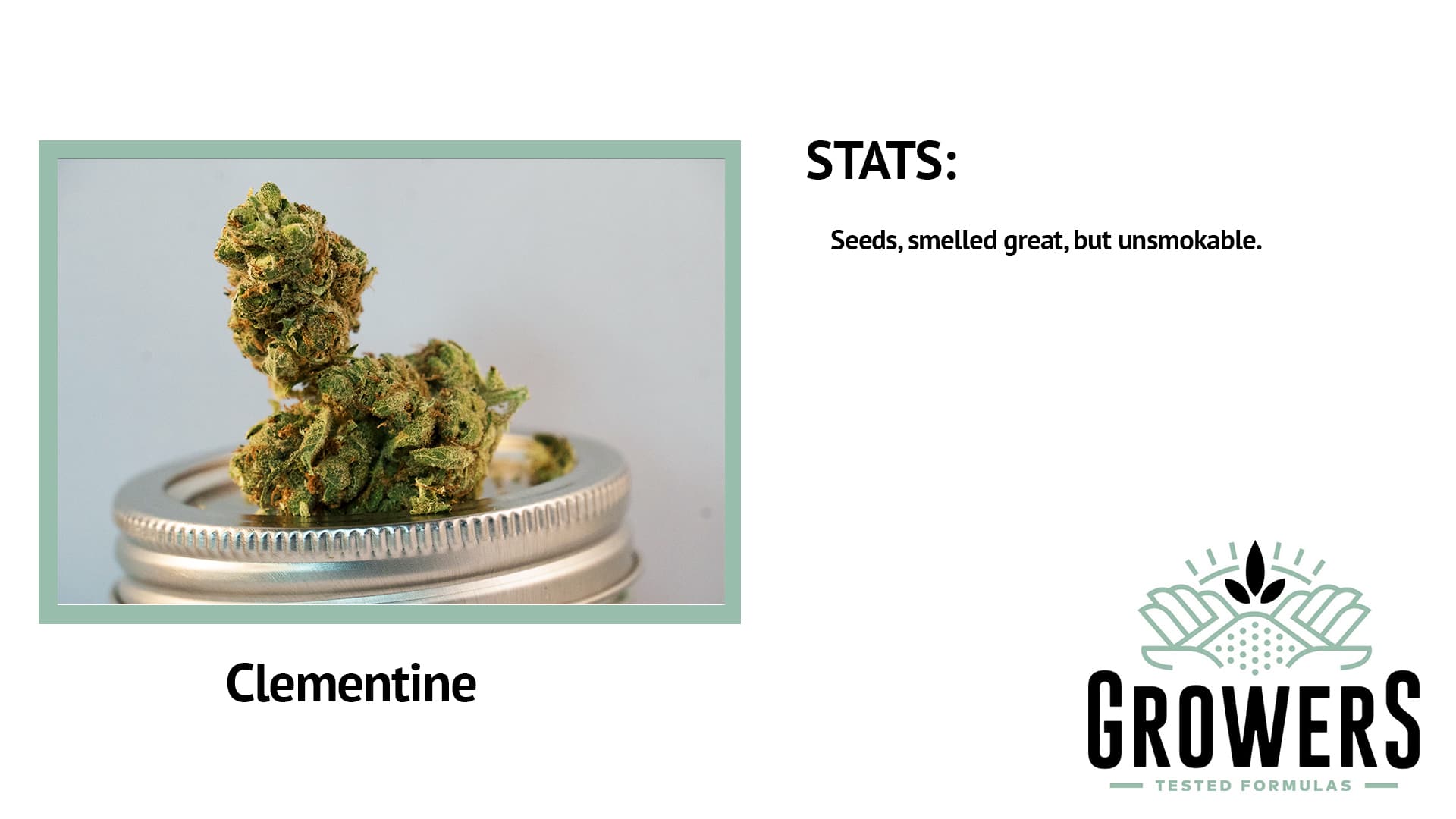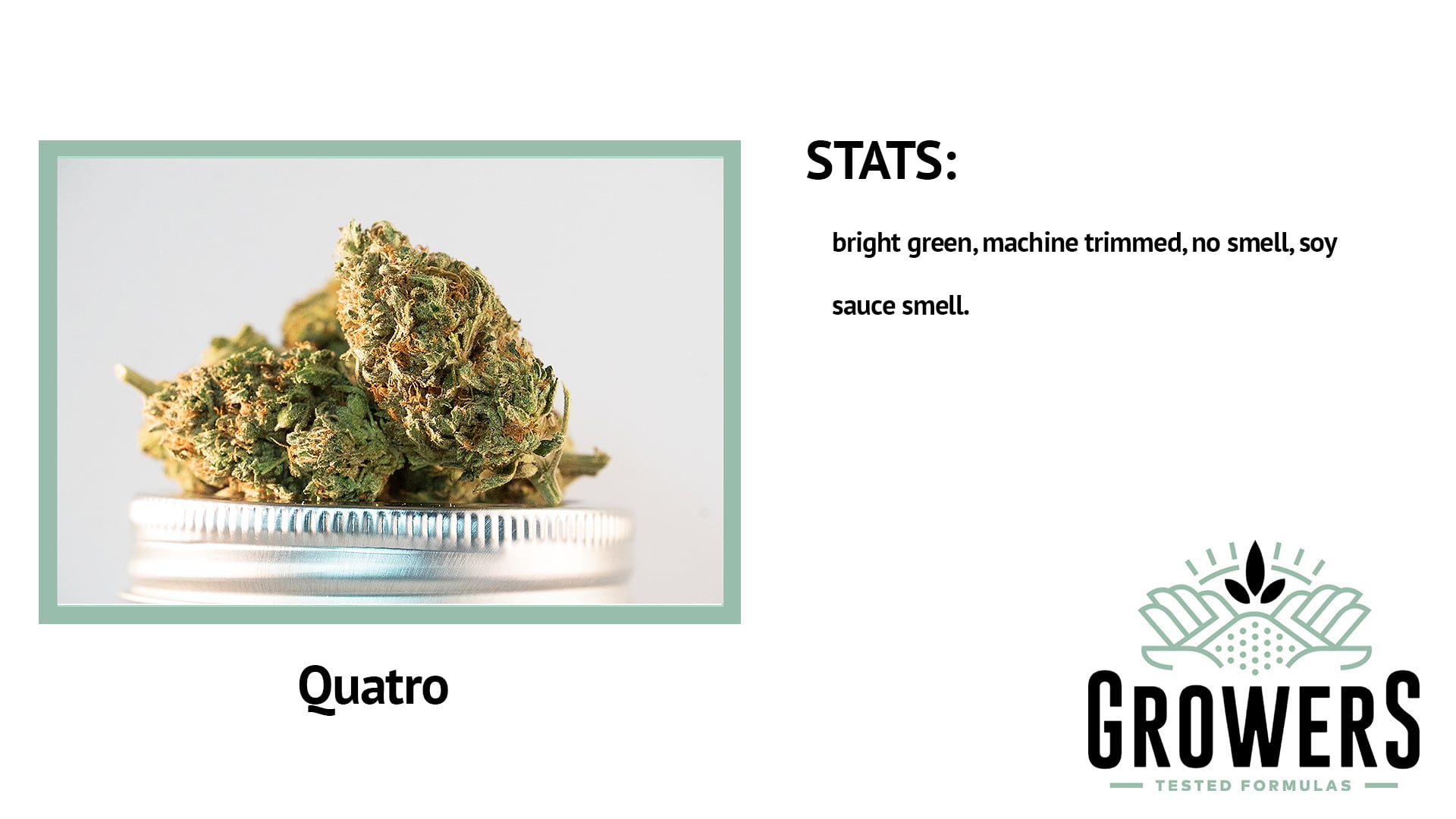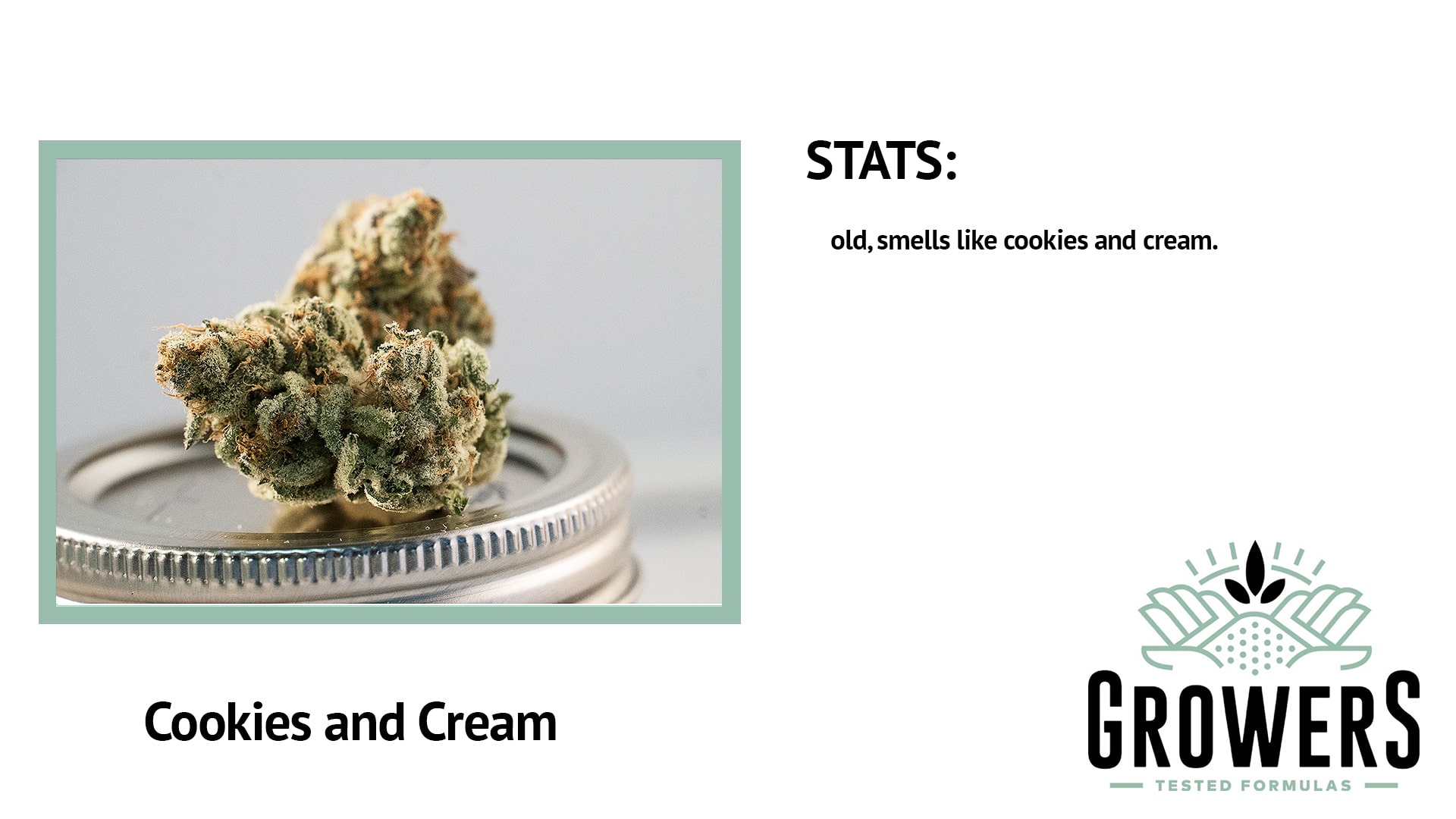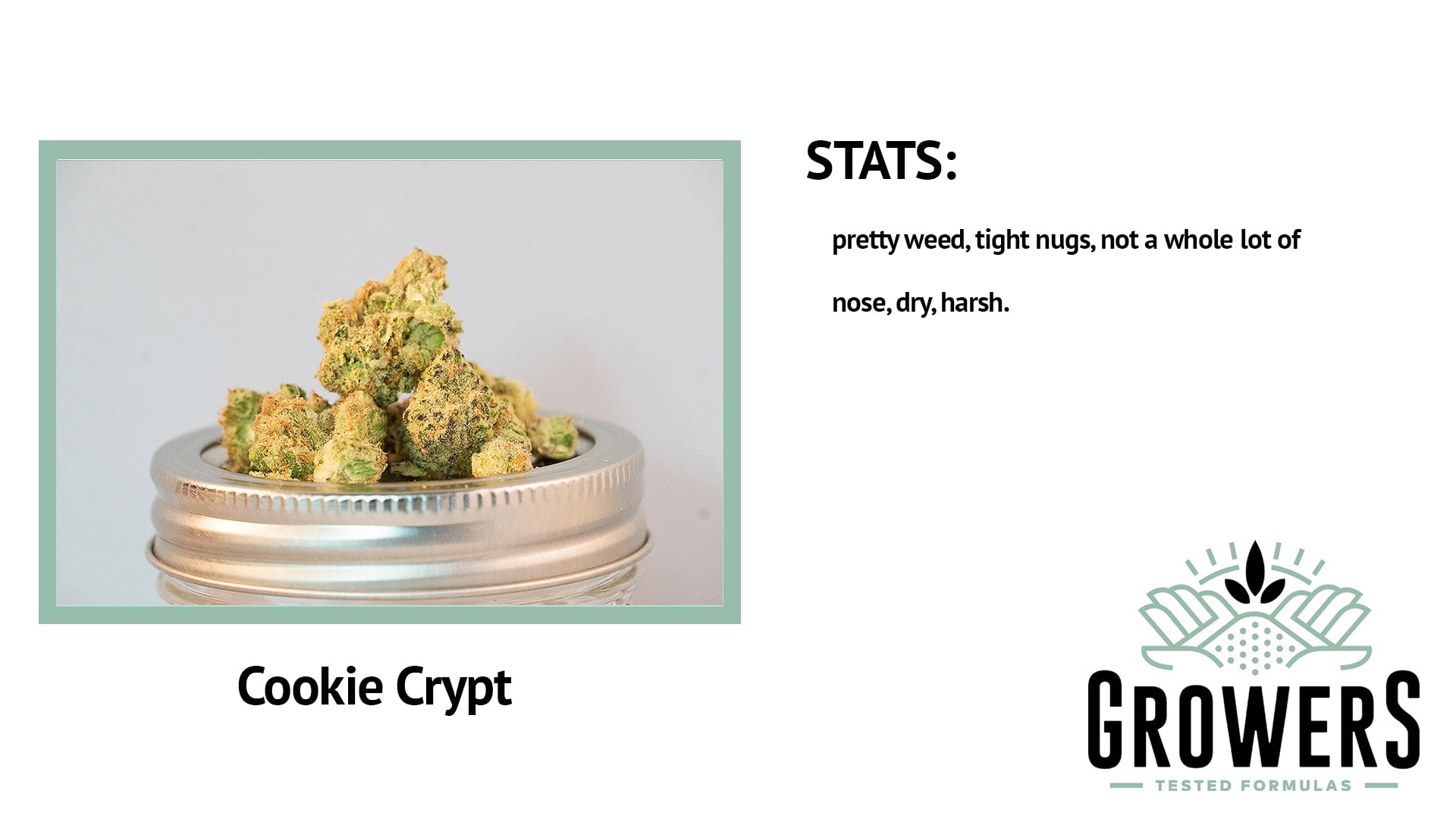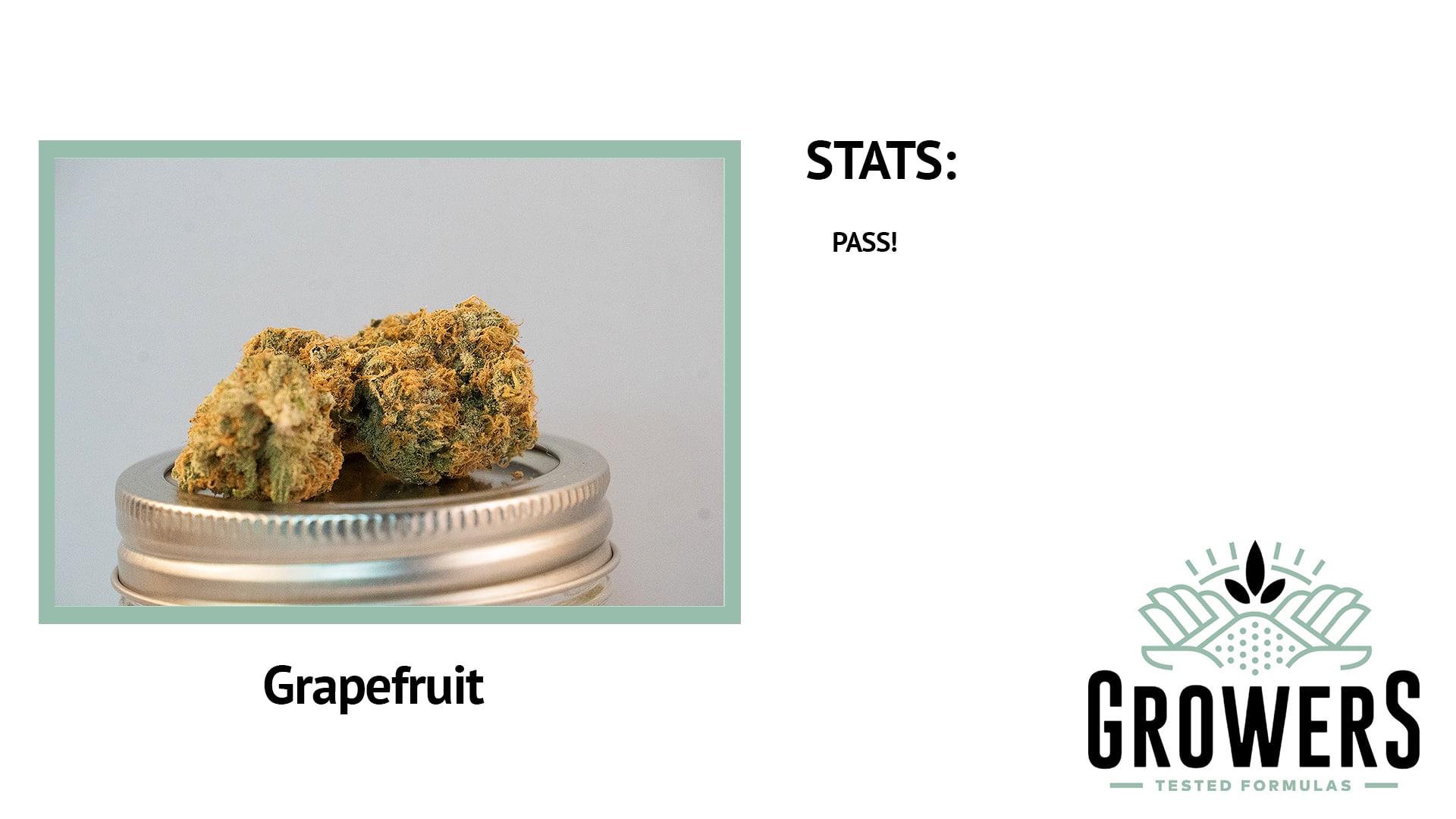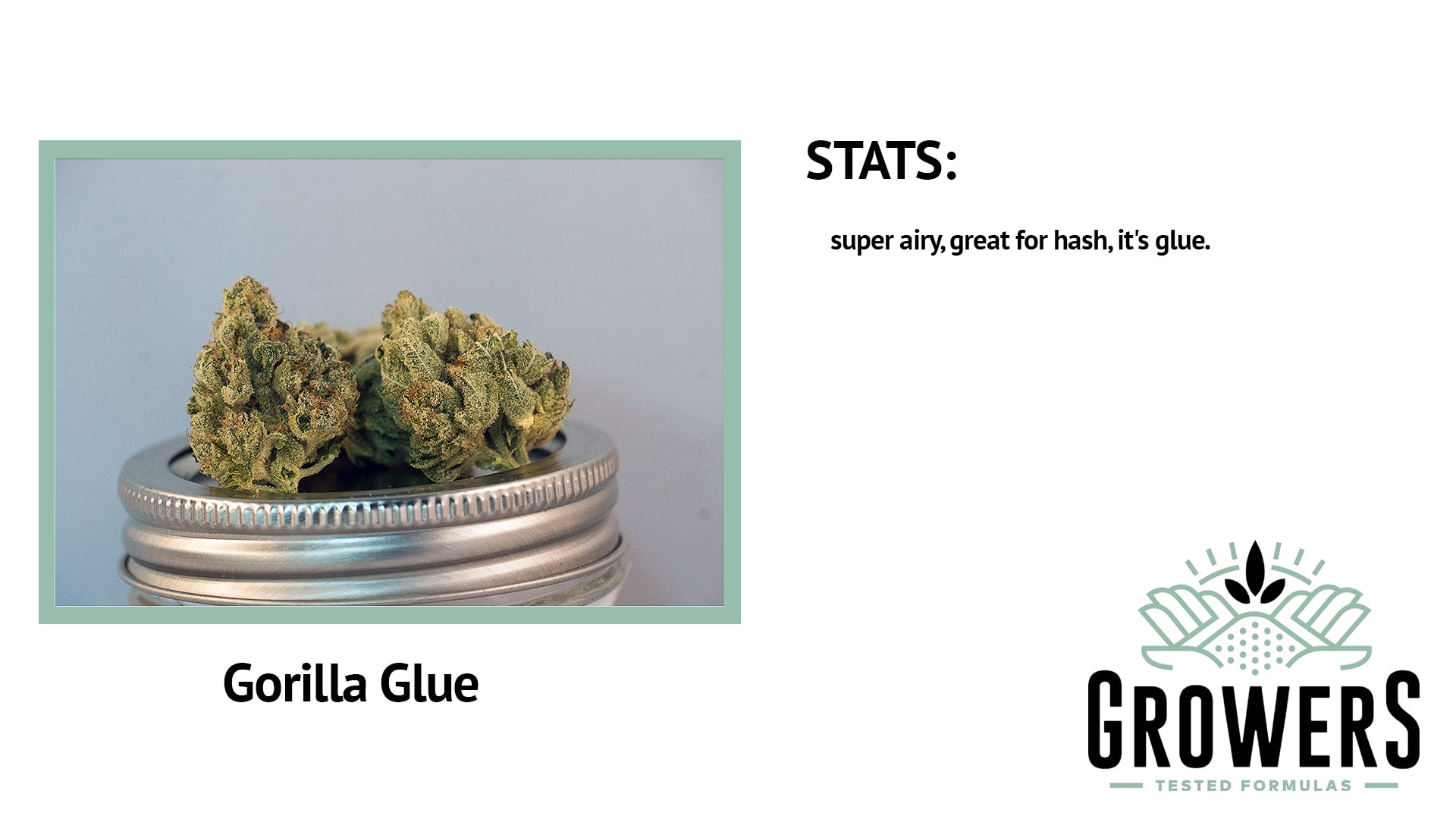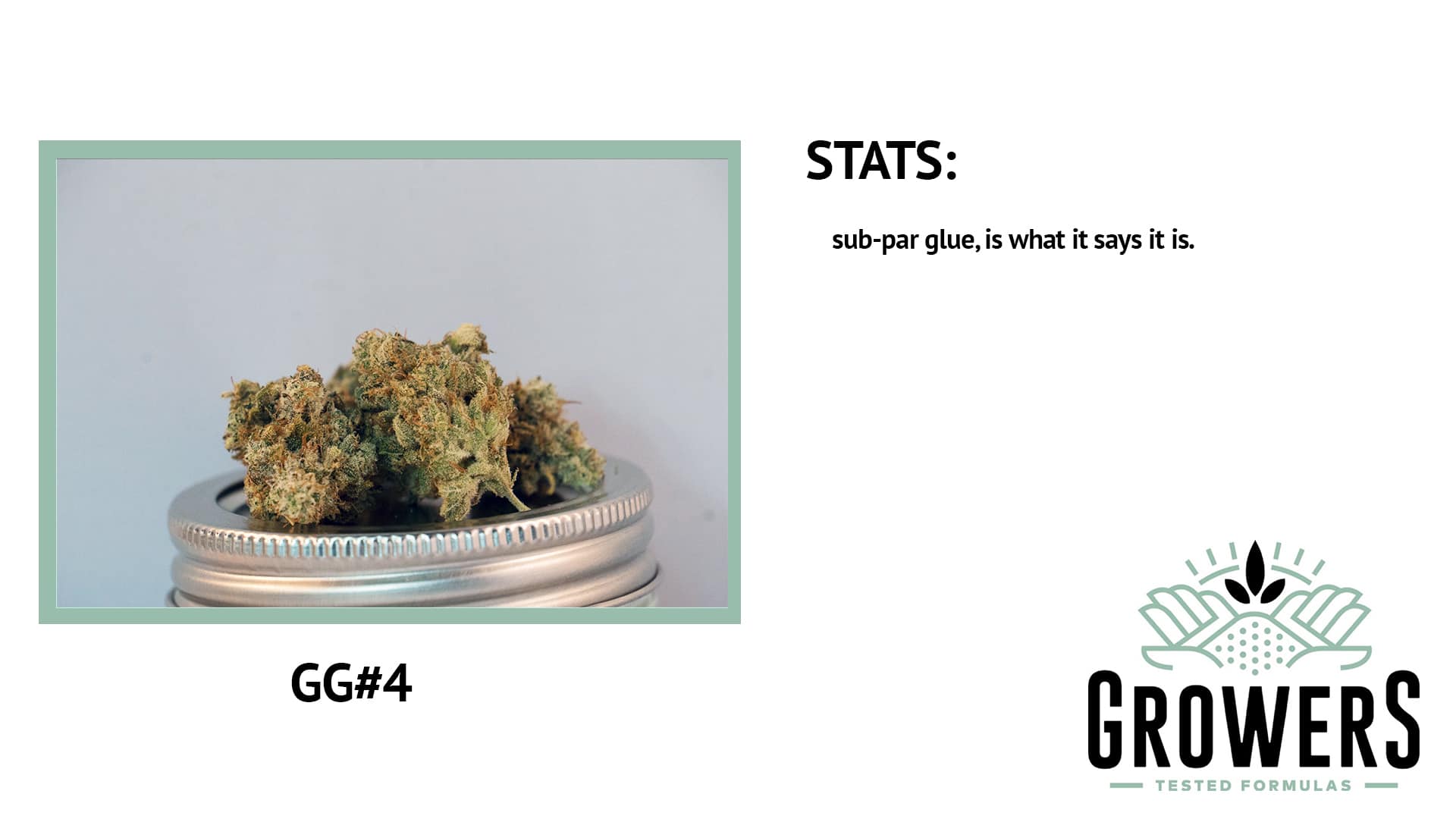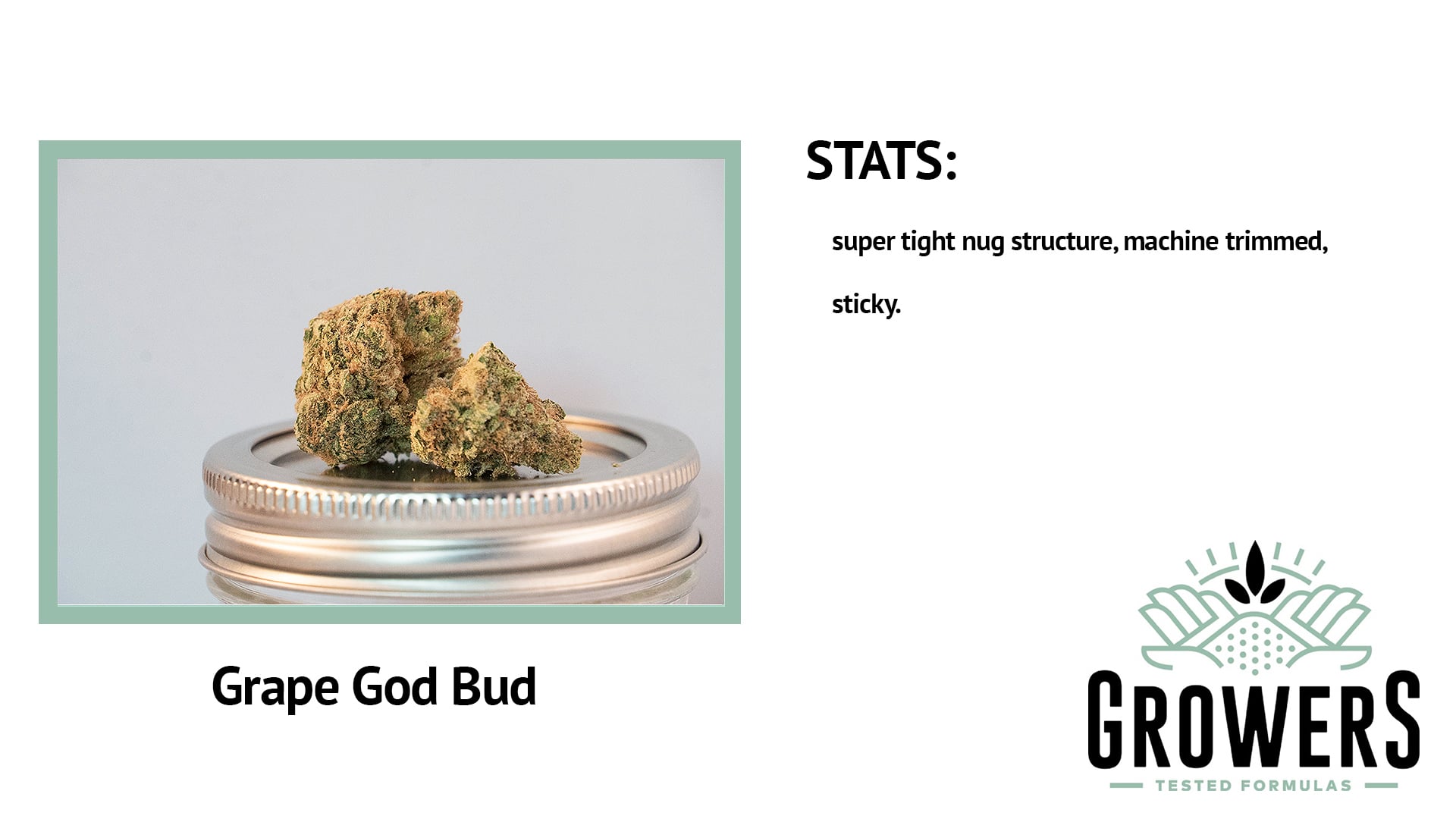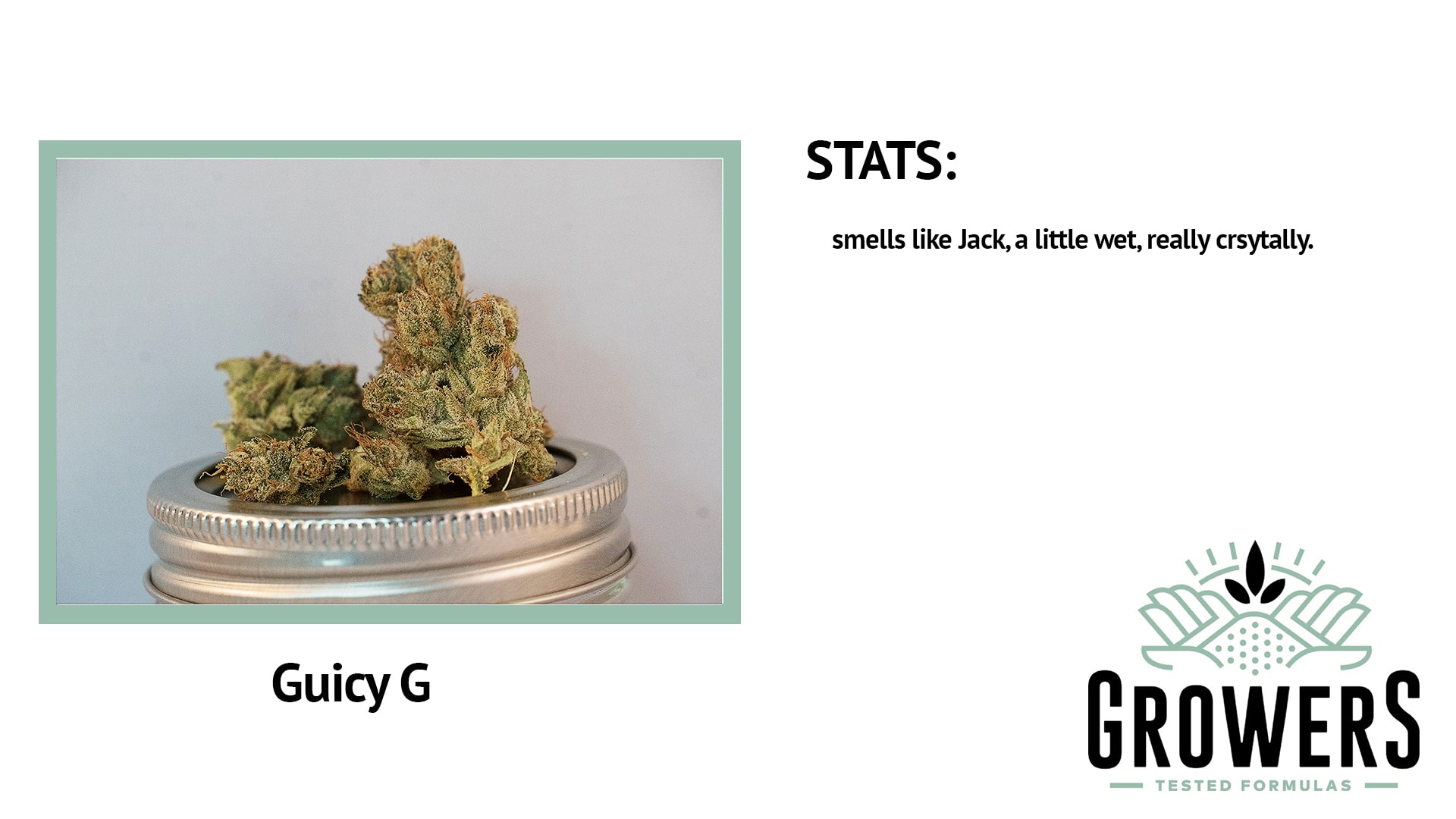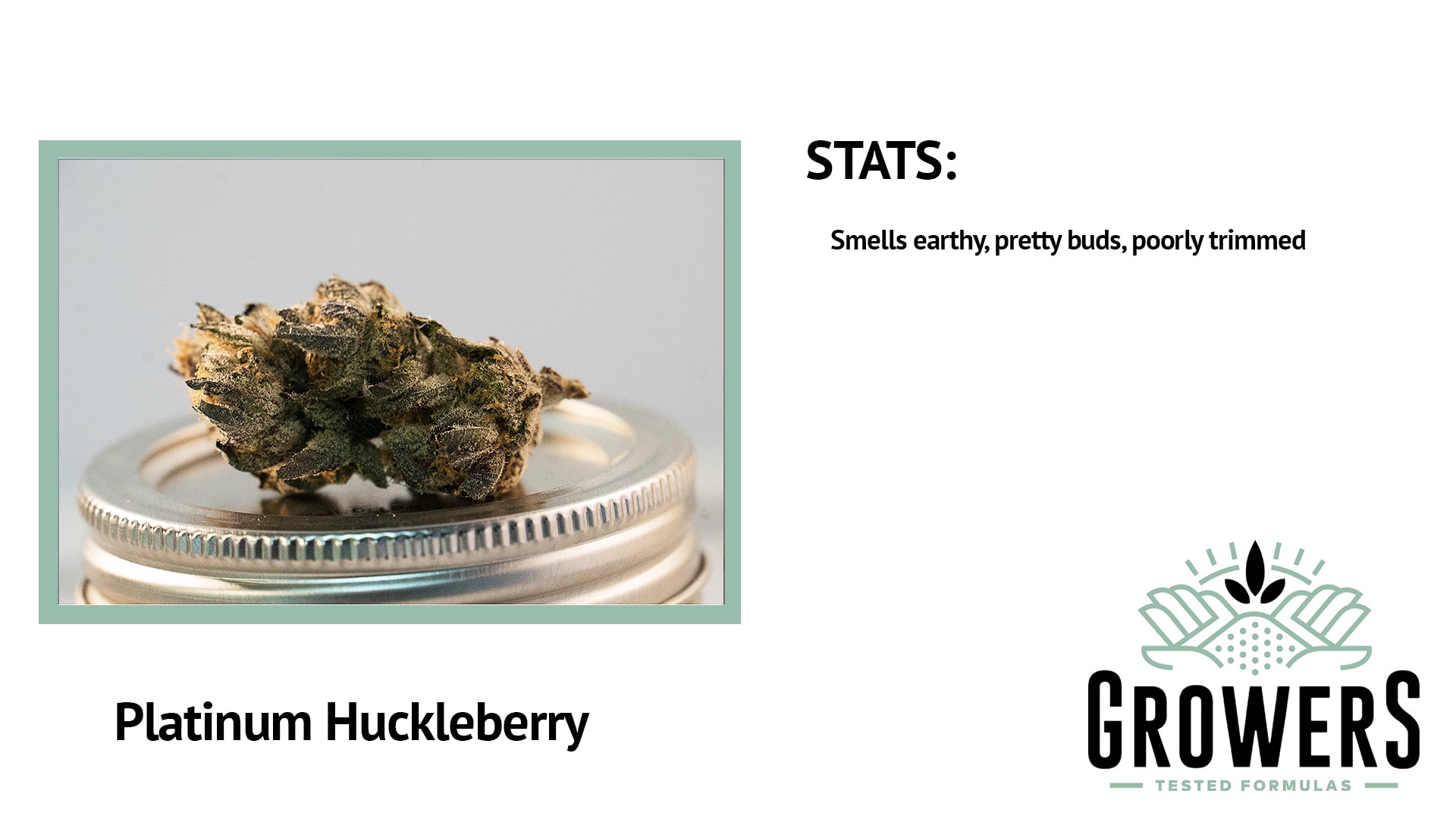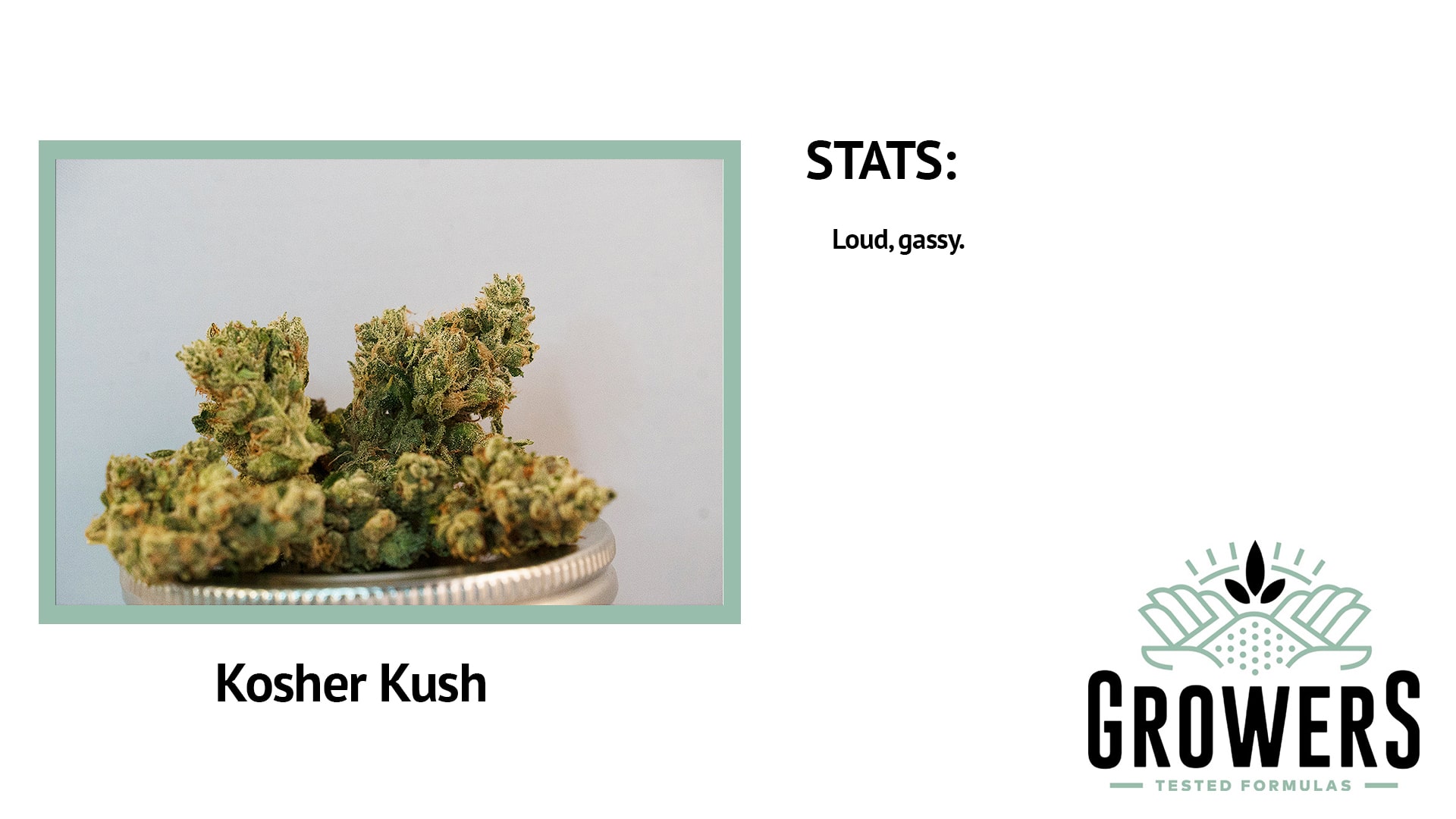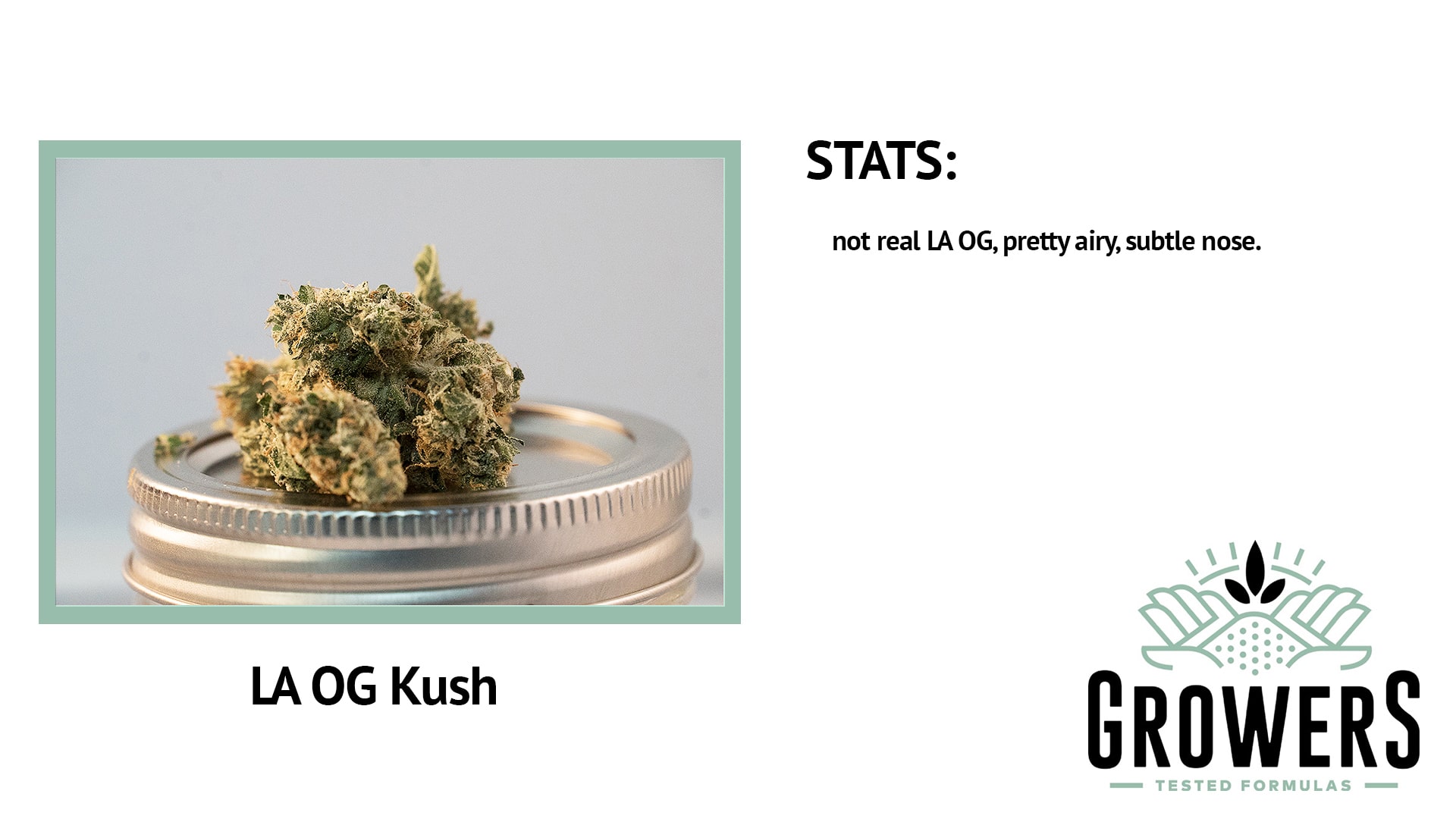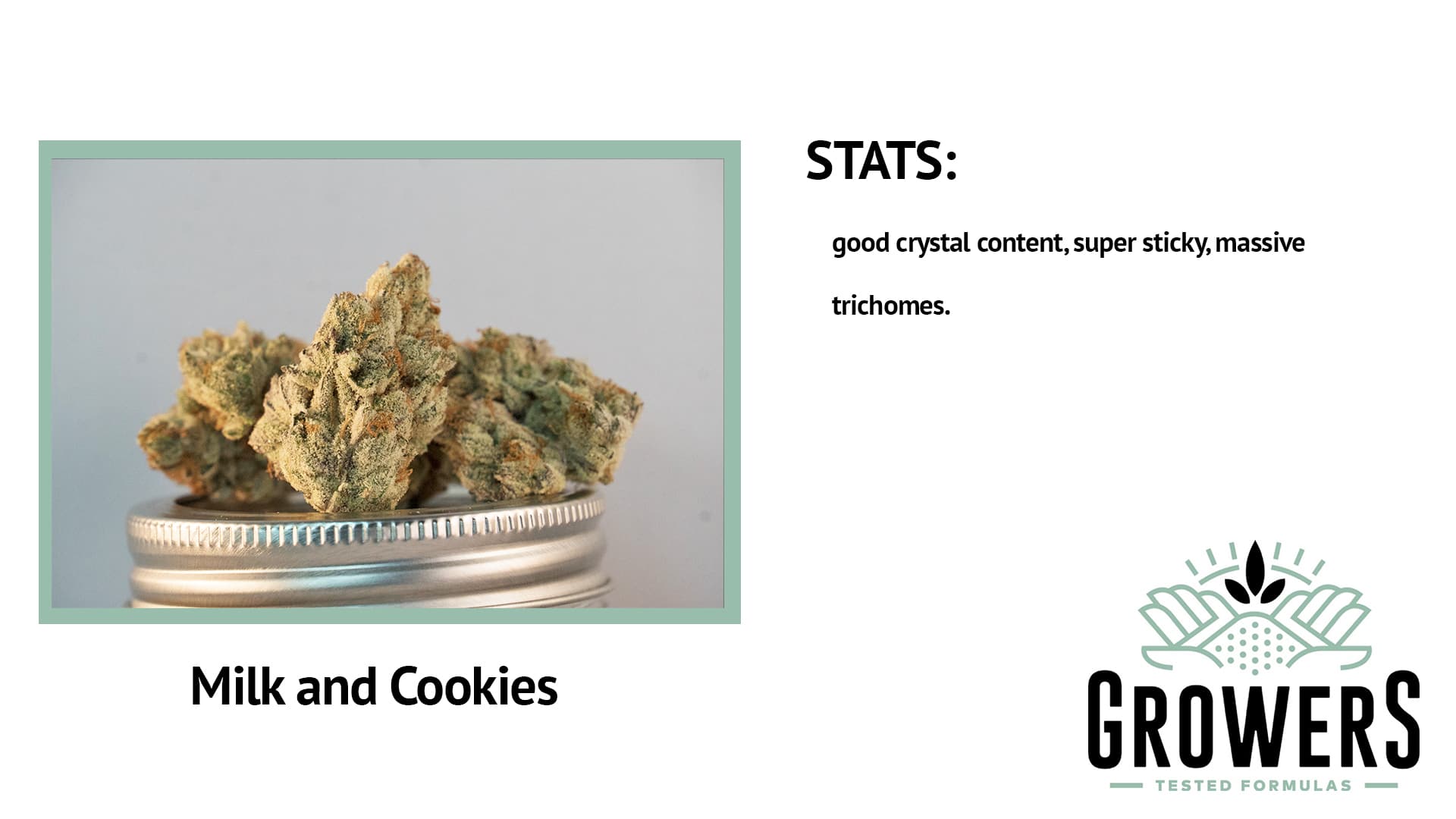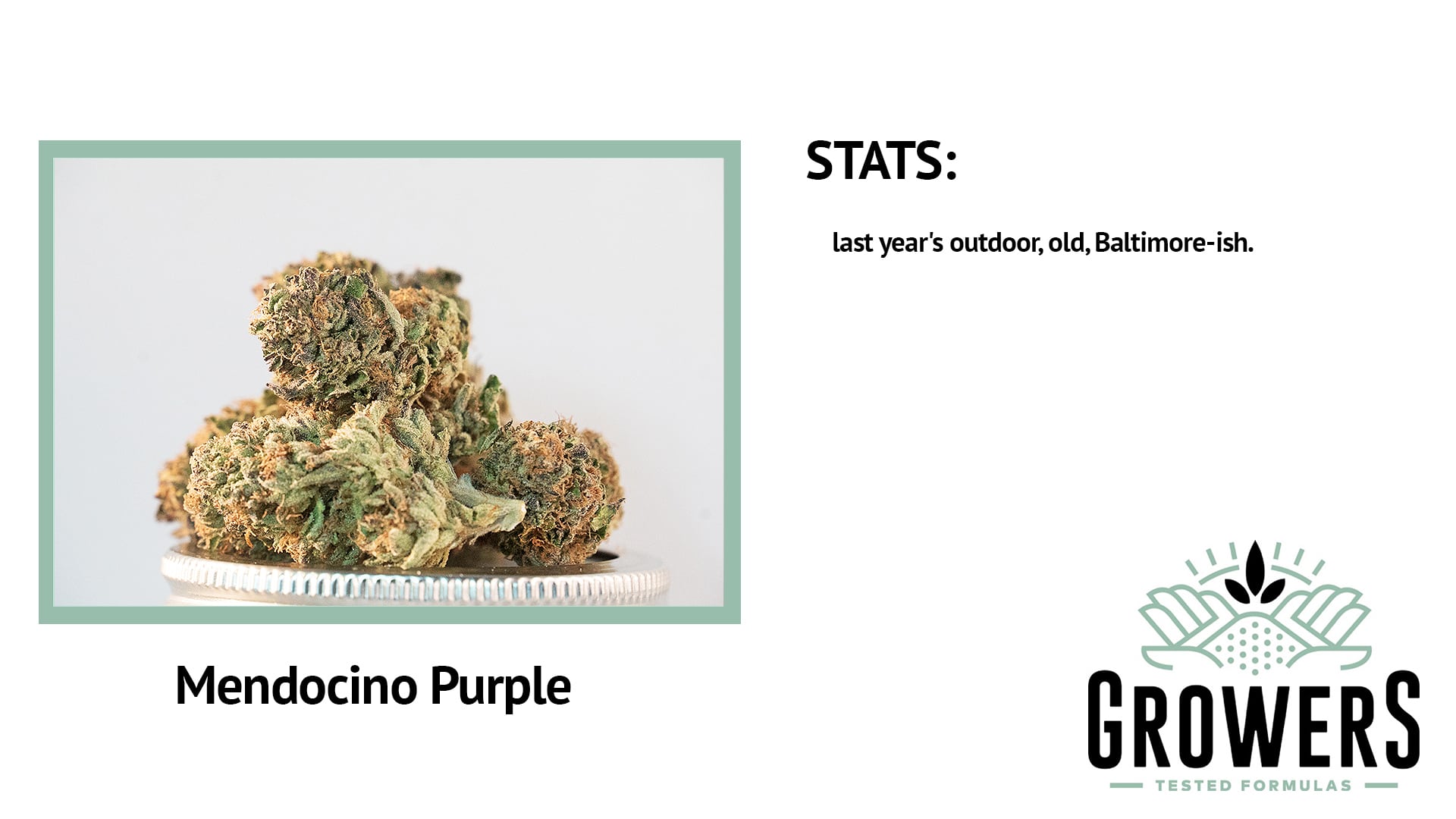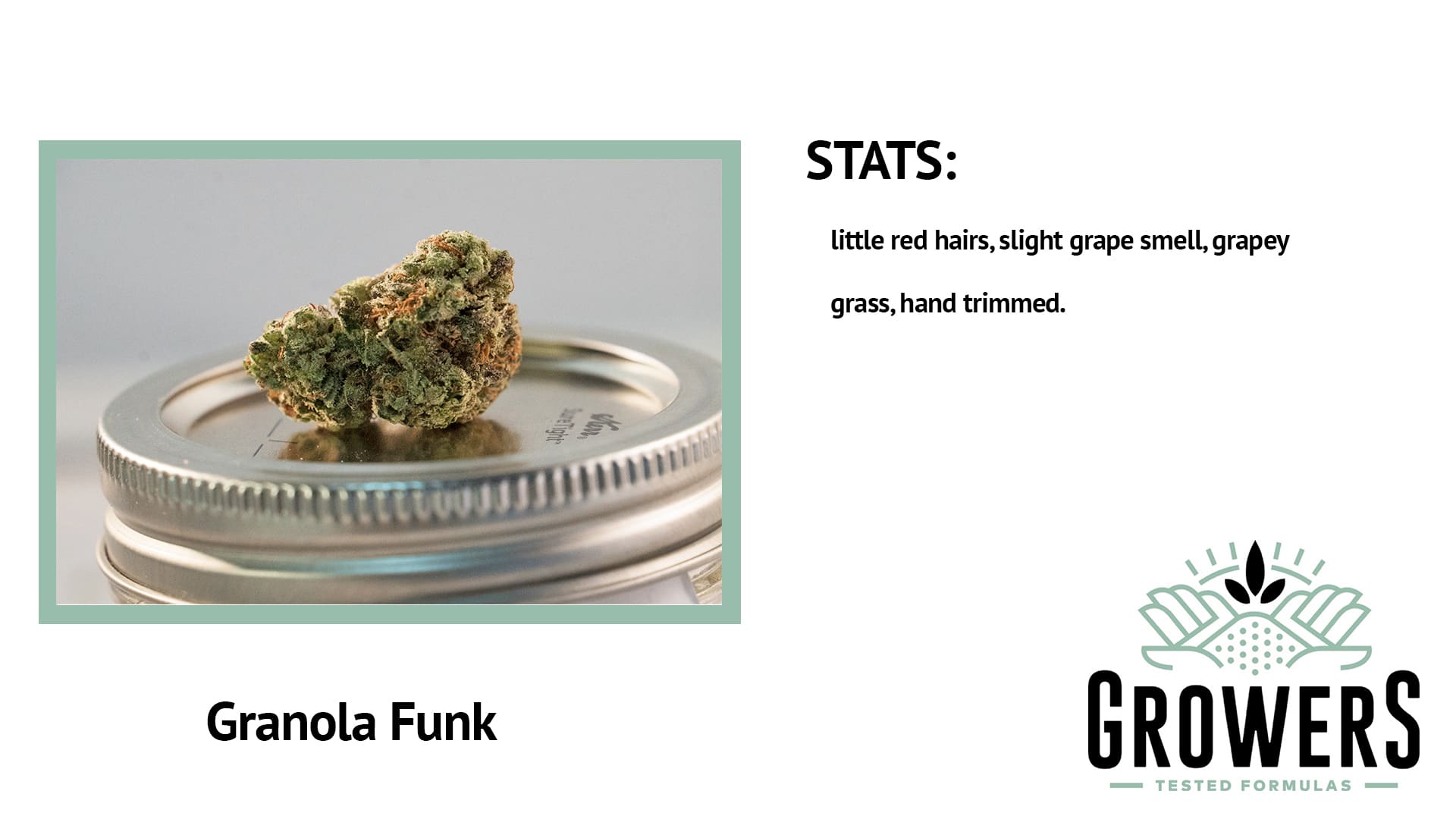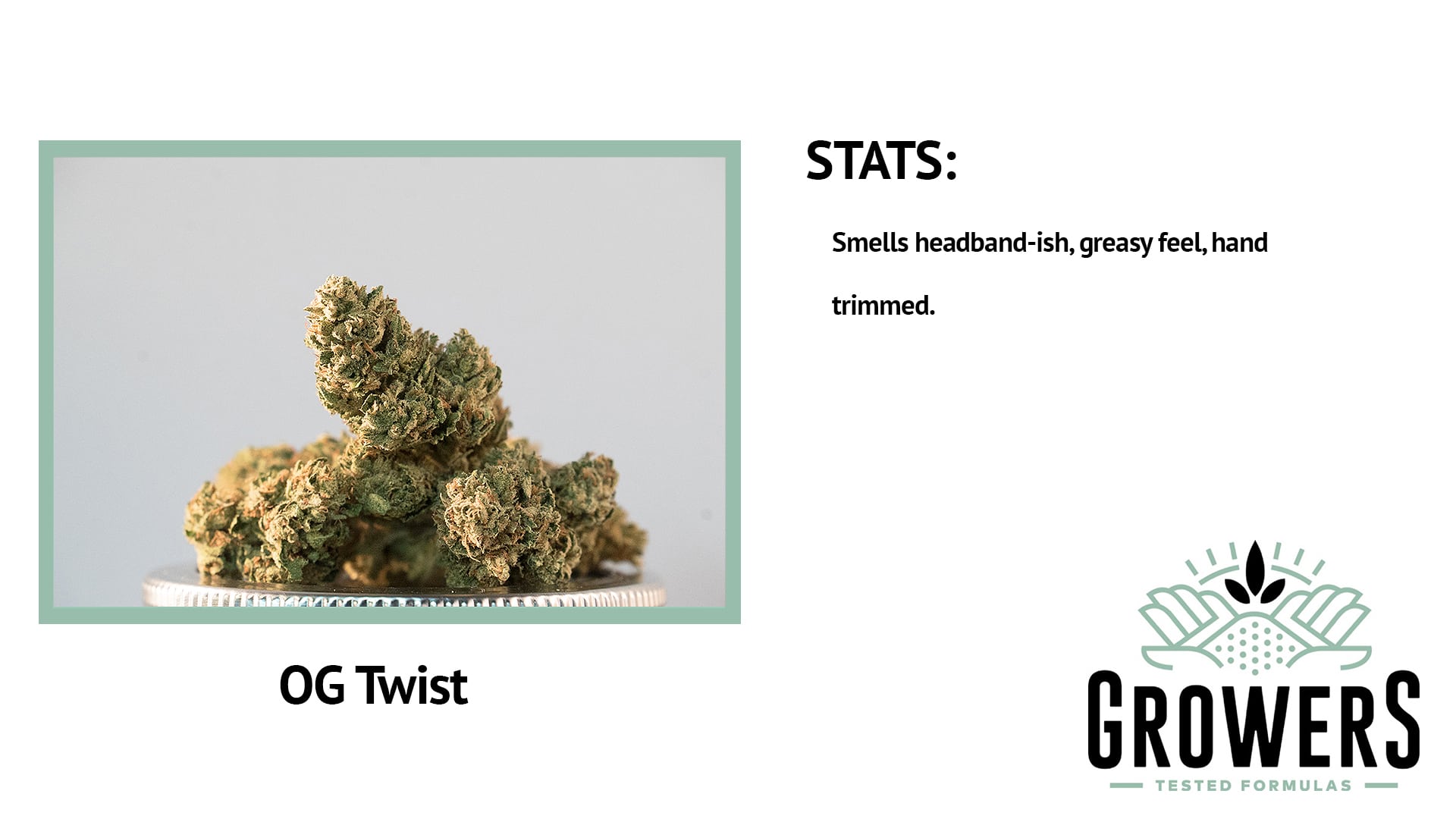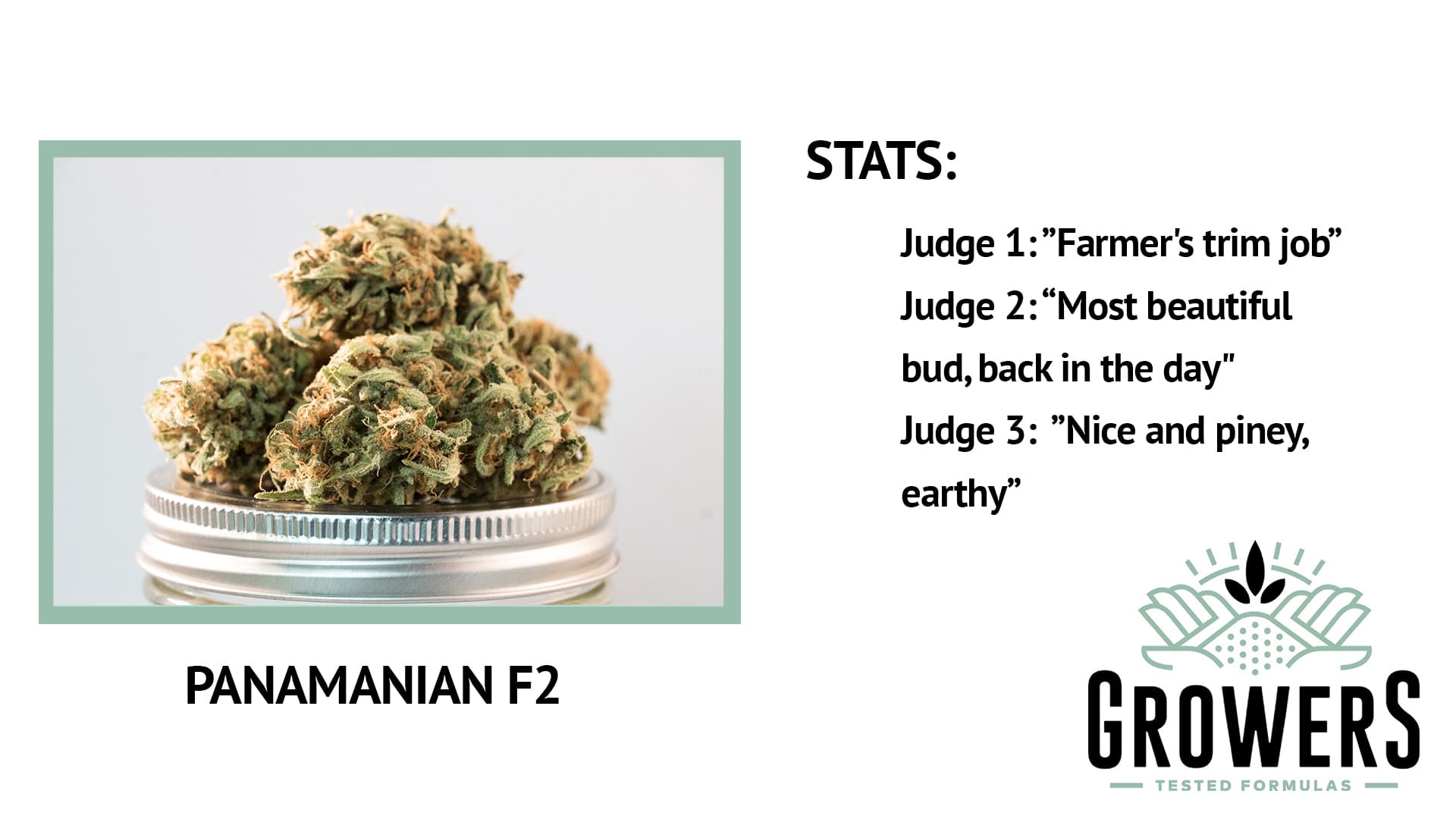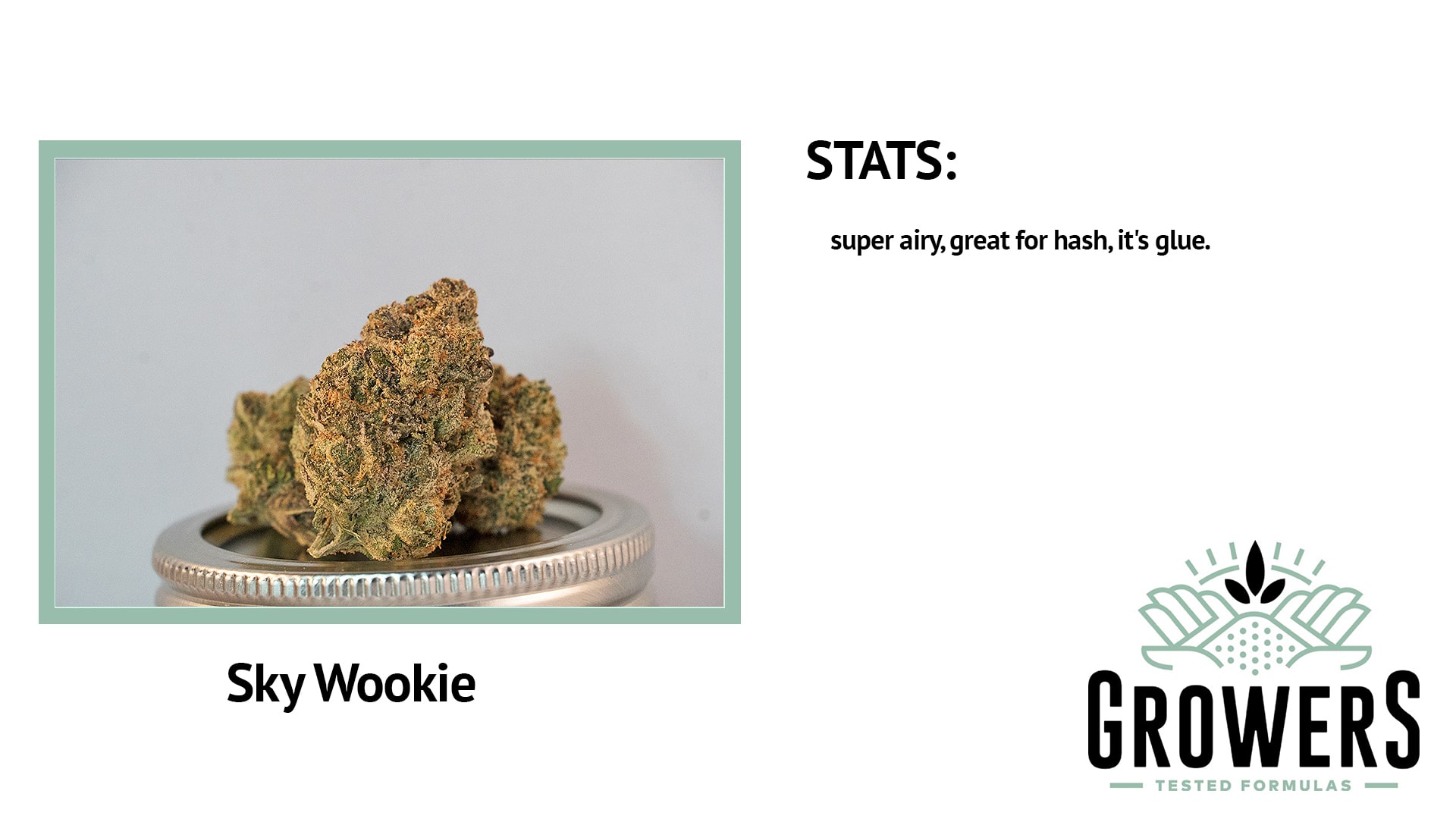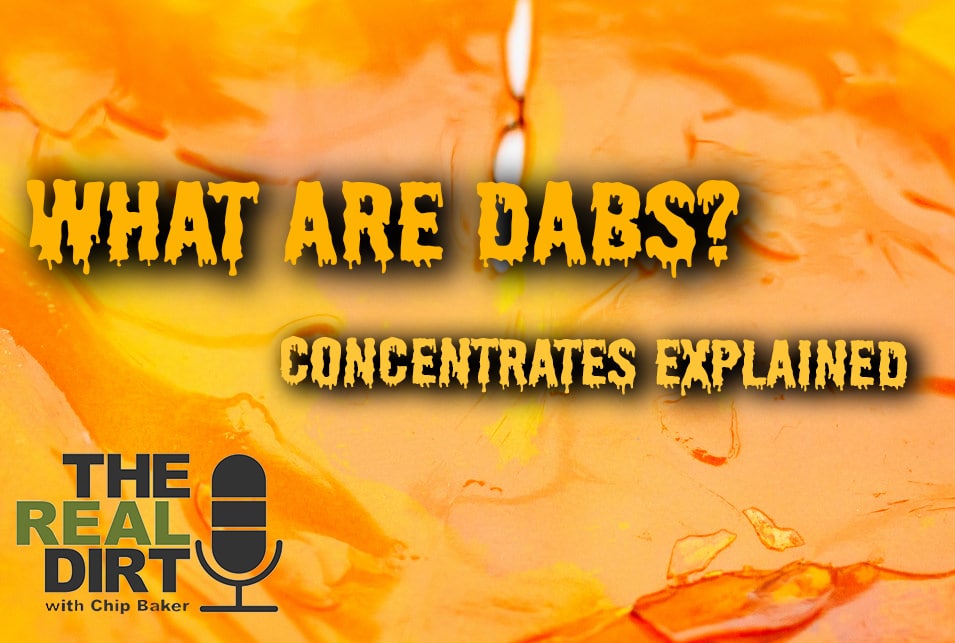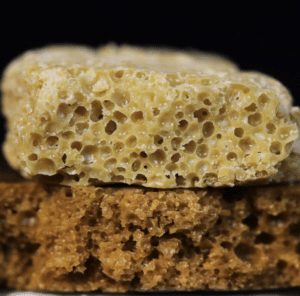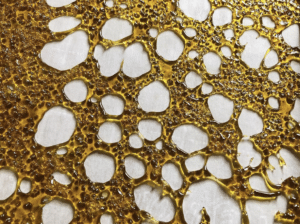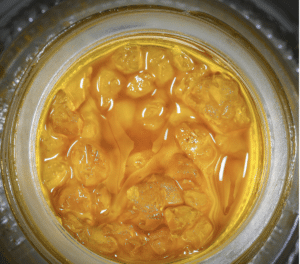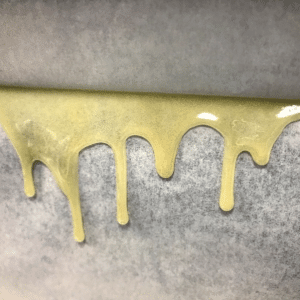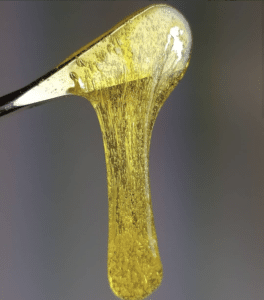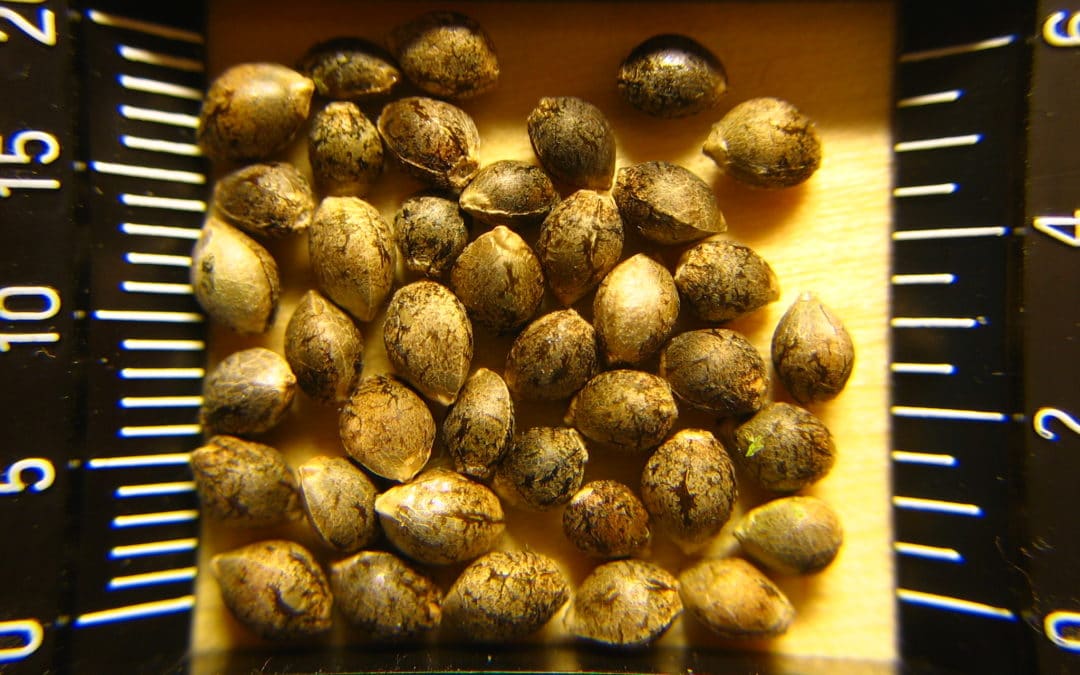
Feminized Seeds: a grower’s dream
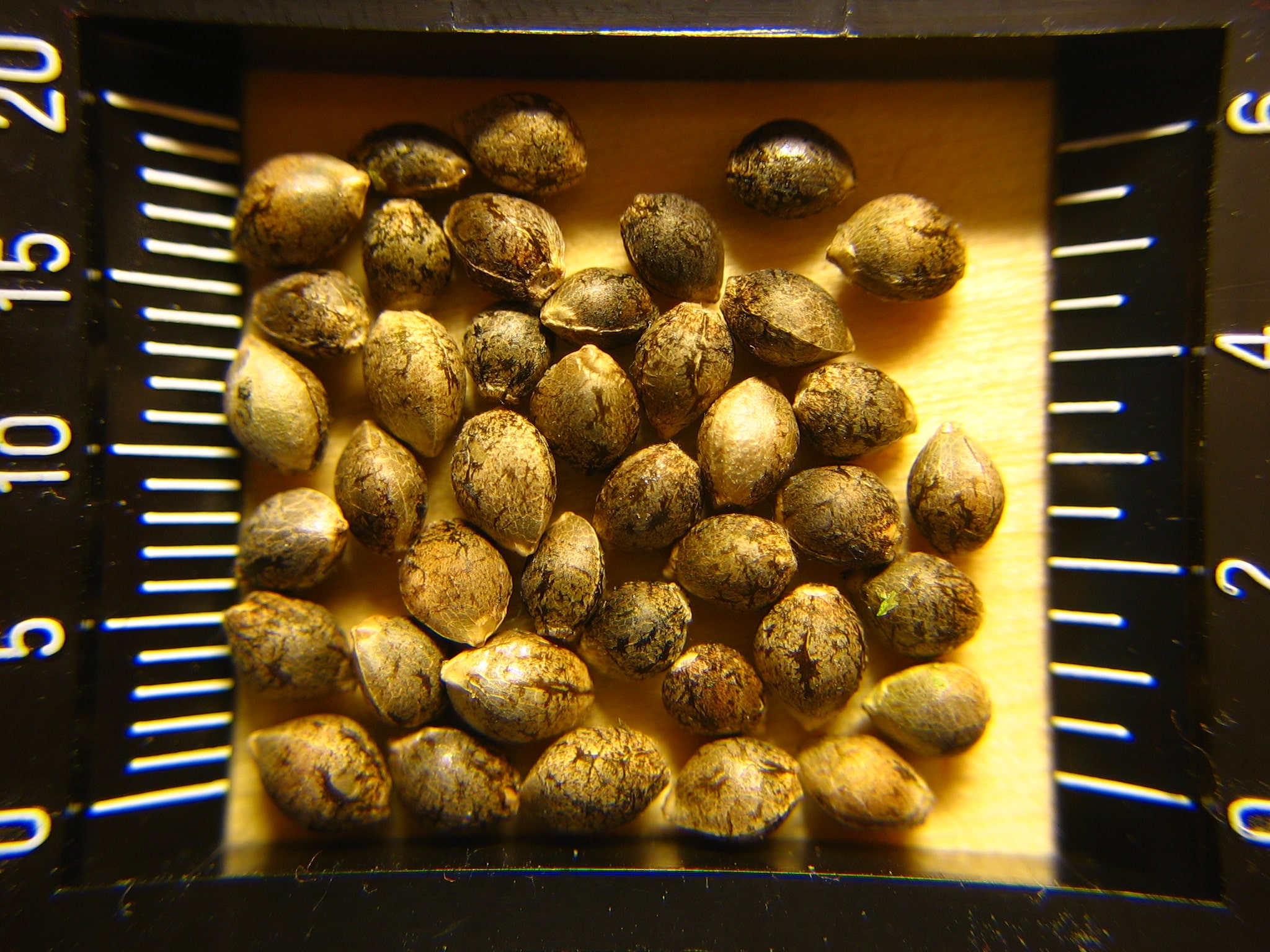
Feminized seeds are usually a guaranteed success for growers. But where did feminized seeds come from?
Popping 12 seeds because six of them will end up male can take a toll on a grower. It’s a waste of resources, energy and time taking care of what will become male plants that need to be thrown away. Luckily, a grower that was tired of dealing with males came up with an idea for eradicating them; feminized seeds.
Feminized seeds in the beginning
In the 90’s, as demand for cannabis started to grow more and more, so did the need for high quantities of flower-producing female plants. With grower’s popping hundreds of seeds at once, it was no longer an option to sift through the entire garden to pick out the males.
Through breeding hermaphroditic females with other pure females, over time, feminized seeds were produced. These seeds were bred to lose the male chromosome during their breeding process, thus creating seeds that were guaranteed female every time. So what did that mean for growers?
They could now pop 100 seeds and get 100 females, every time.
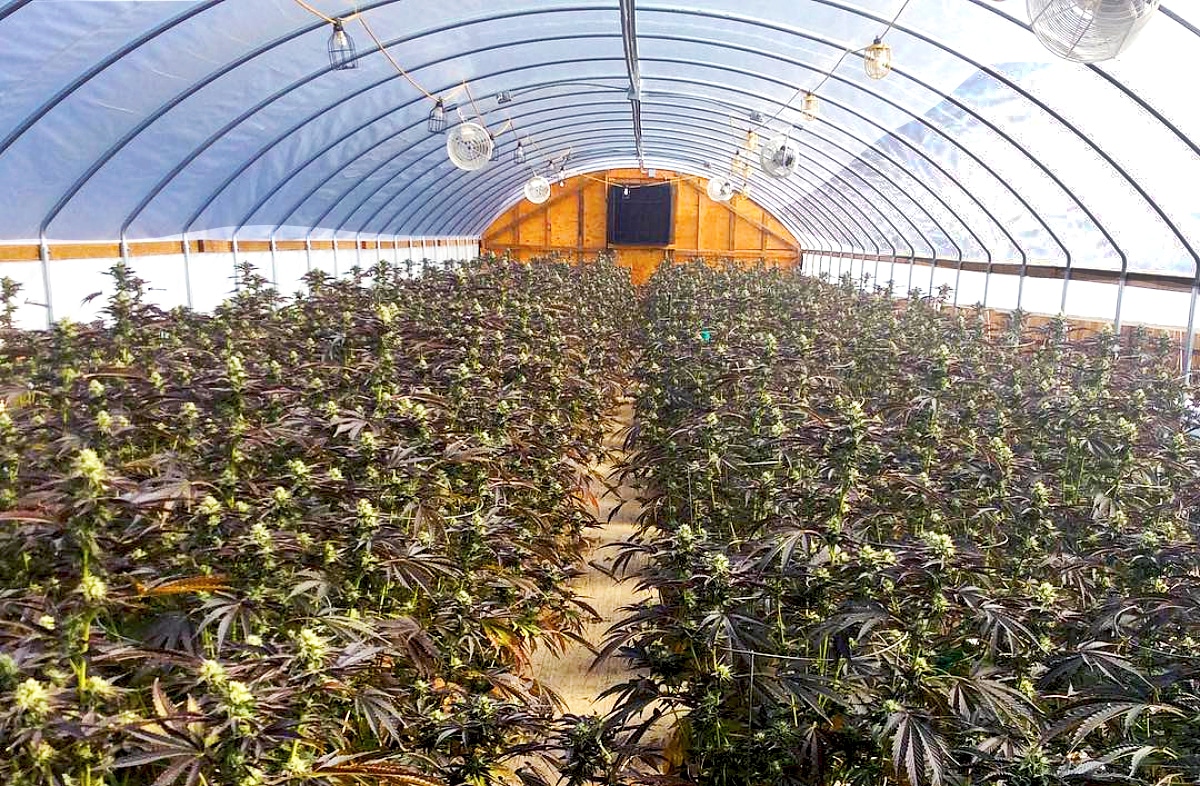
Definitely not perfect
While a huge advancement for growers at the time, feminized seeds weren’t without their flaws. Being the offspring of a hermaphroditic parent, early seeds had a much higher possibility of developing hermaphroditism during their growth cycle. Over time, this problem has mostly been bred out, but seeds that are feminized will still be more likely to become hermaphroditic than their traditional counterparts.
Feminized seeds also lacked the same quality and overall genetic stability that traditional seeds had at the time. Throughout the years since and countless breeding initiatives, they have been bred to all but match traditional seed’s quality.
Worth a try?
Today, feminized seeds make up the majority of seeds bought by growers both professional and hobbyist. Traditional male and female seeds have become the main supply for breeders specifically who want to cross different plants, create hybrids, or produce more seeds.
Most feminized seeds you can buy today will come out just like they would had they been traditional seeds that turned out to be female. So now the only difference in your decision comes down to whether or not you even want to risk growing male plants. If you want to try out breeding and producing your own seeds, then you want male plants. Otherwise, try some feminized seeds and enjoy your guaranteed (with the chance of hermaphrodites) female harvest.
Learn about feminized seeds from one of the original breeders, Caleb of CSI Humboldt on the new episode of The Real Dirt with Chip Baker! Chip and Caleb talk seeds, breeding, strain naming and more in this awesome episode straight out of Humboldt.



